In the 1930s, the Broadway area, centered around Times Square, was a district of dazzling lights and deep shadows. The Great Depression had gripped the city, but this neighborhood remained New York’s primary escape, a chaotic crossroads of entertainment where immense movie palaces stood next to cheap diners, and the glow of new neon signs masked a deep economic anxiety.
The visual landscape of the area was a spectacle of commercial competition. Towering, elaborate neon signs became common, their bright colors and intricate animations turning the night sky into a vibrant advertisement. The famous Camel cigarette sign near the Astor Hotel puffed out giant smoke rings over the street. Below these signs, the ornate facades of the Beaux-Arts theaters from the 1920s now looked slightly worn, their ticket prices slashed to attract a public with little money to spare.
While legitimate theater struggled, a different form of entertainment thrived. This was the decade of the great movie palaces. Massive, opulent theaters like the Paramount, the Roxy, and the Capitol offered an affordable escape. For a low price, a person could enter a lavishly decorated lobby with crystal chandeliers and plush carpets, watch a Hollywood double feature, and also see a full live stage show with a house orchestra and dancers, all included in the same ticket. These movie palaces drew far larger crowds than the traditional theaters.
Read more
The streets were filled with a wide variety of other amusements and eateries catering to every budget. The Roseland Ballroom on Broadway was a famous destination for dancing. For a dime, men could enter “taxi-dance halls” and buy a ticket to dance with a partnered woman for a single song. Penny arcades with their clanging machines offered cheap diversion. Food options ranged from the expensive supper club Sardi’s, where actors and producers gathered, to the numerous Automats, where customers could get a hot meal from a wall of small glass windows by inserting a few nickels.
The crowd on the street was a diverse mix of New Yorkers. There were the well-dressed theater-goers heading to a hit Cole Porter musical, but they were outnumbered by the thousands flocking to the movie palaces. The area was also a destination for tourists and “slummers” seeking the thrill of the city’s nightlife. Unemployed actors gathered at popular spots hoping to hear about a casting call, while ordinary people walked through simply to gaze at the lights. All of this activity was fueled by the subway system, with multiple lines converging directly beneath Times Square, making it the true crossroads of the city


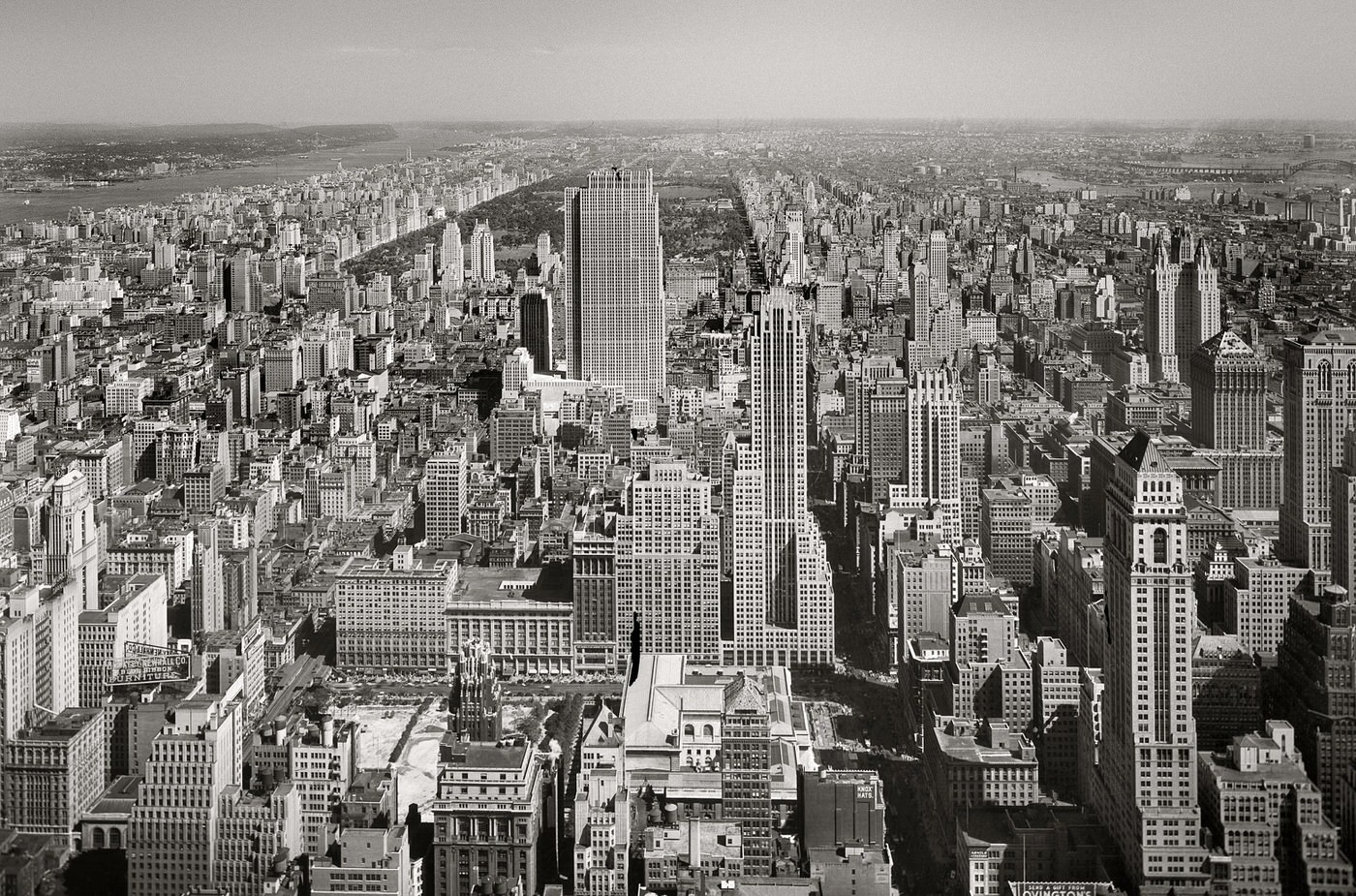
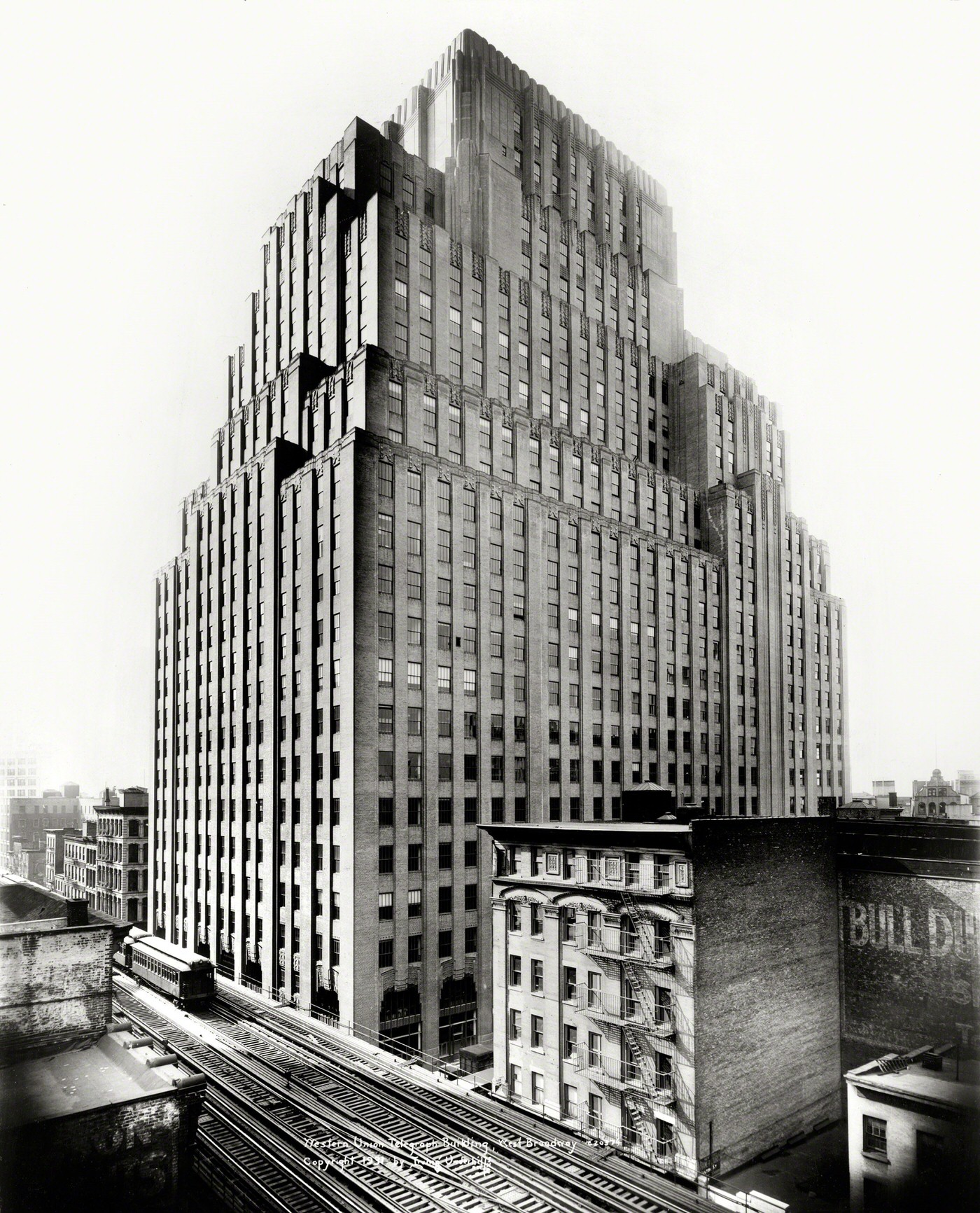
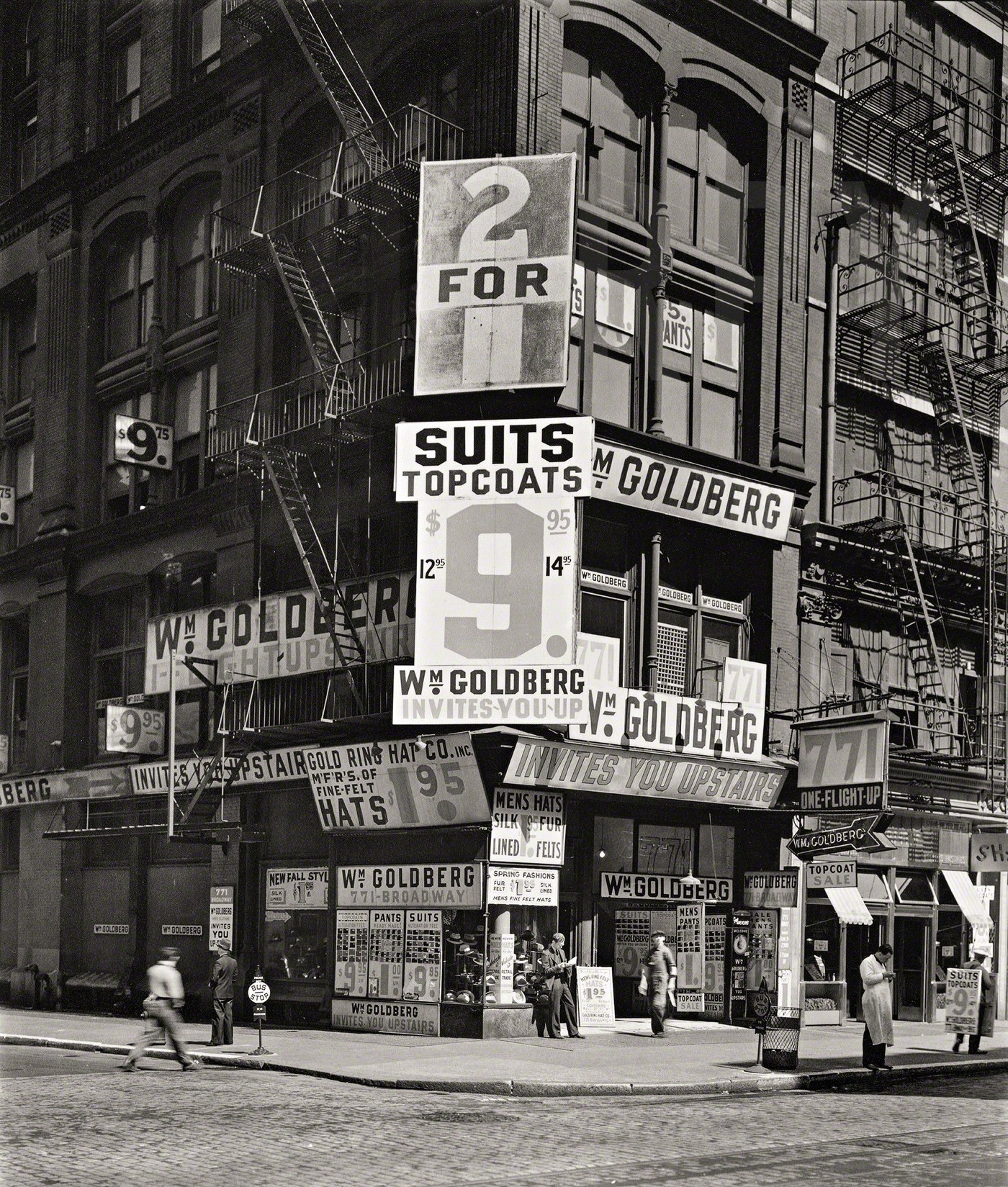
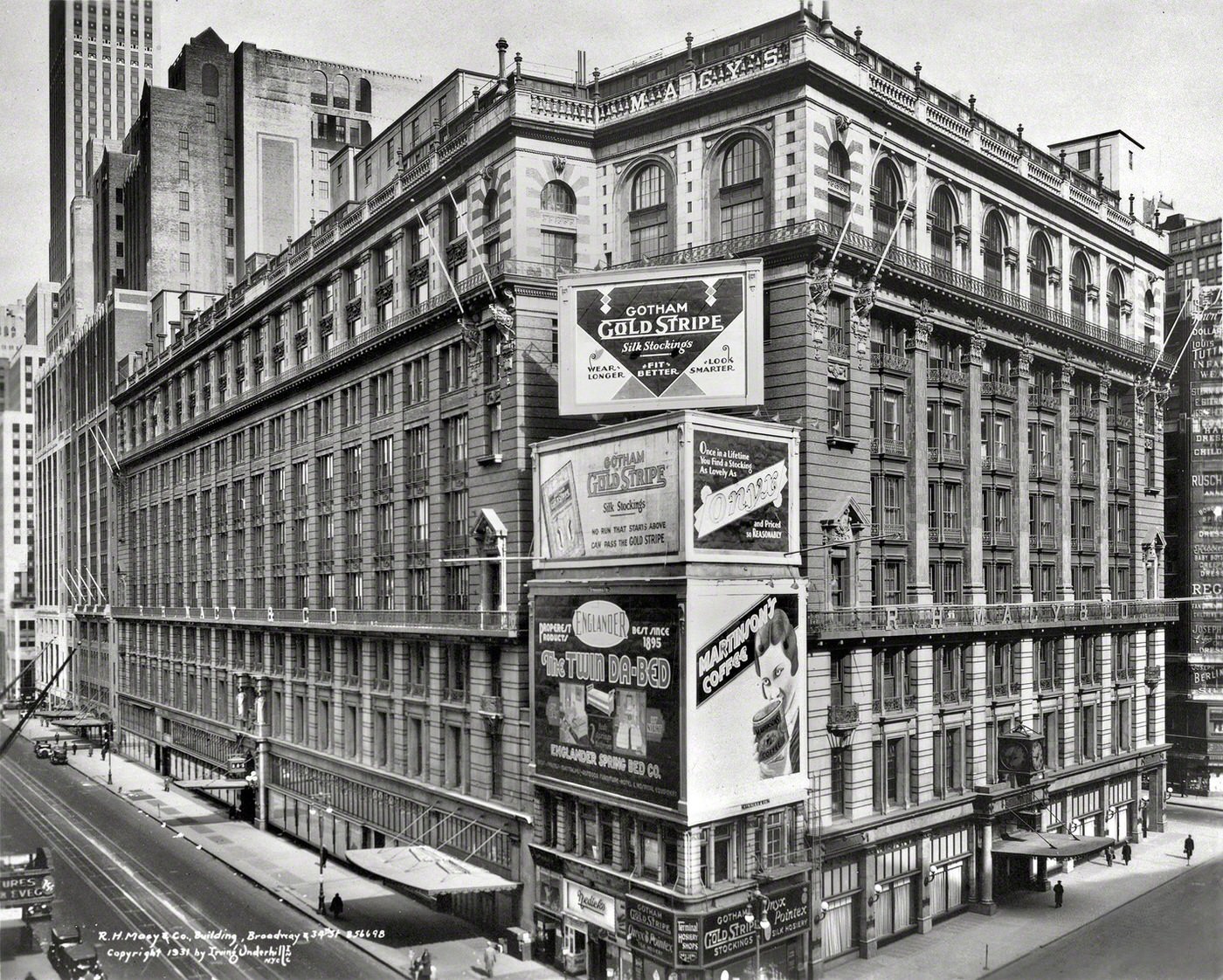
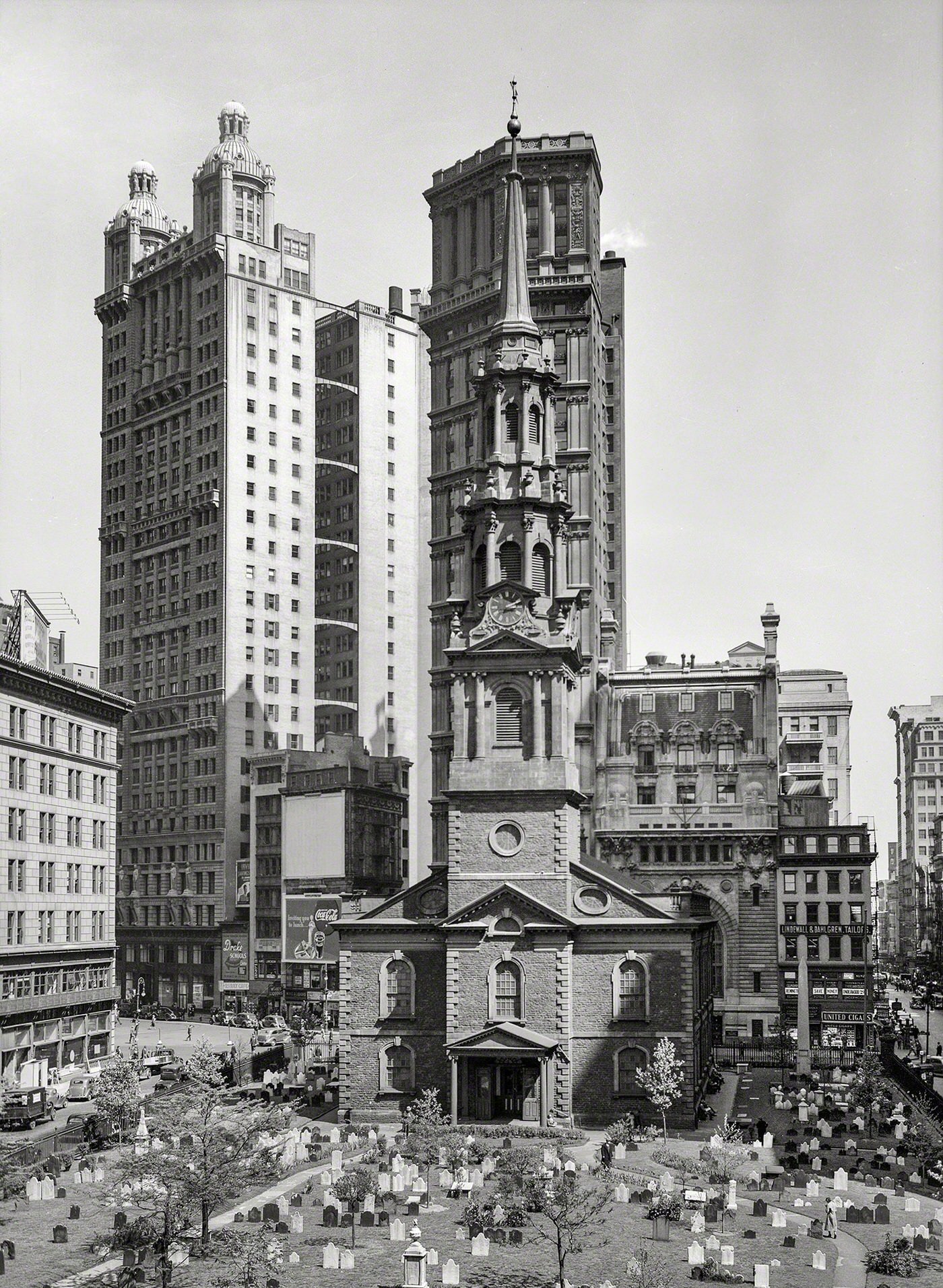
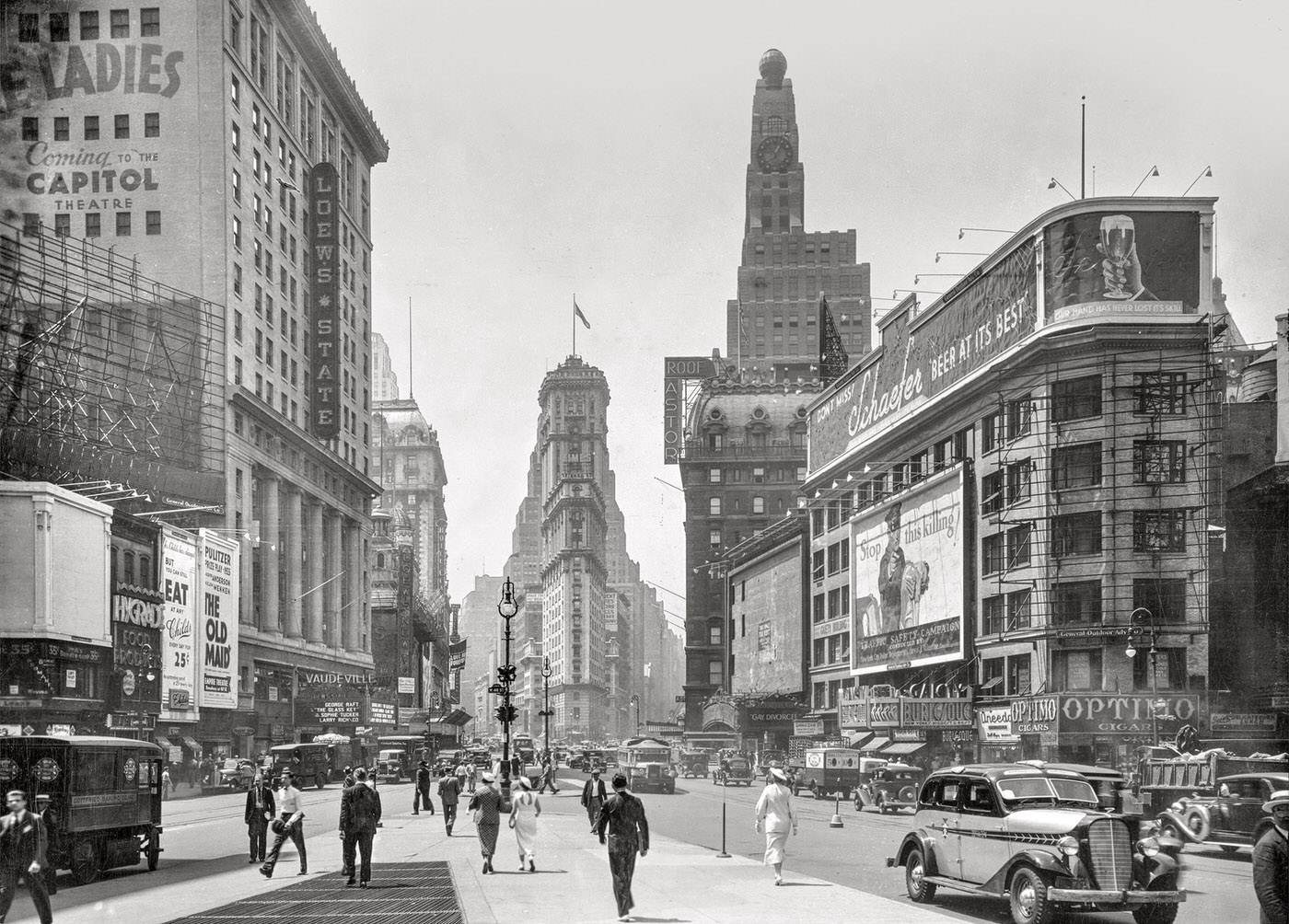

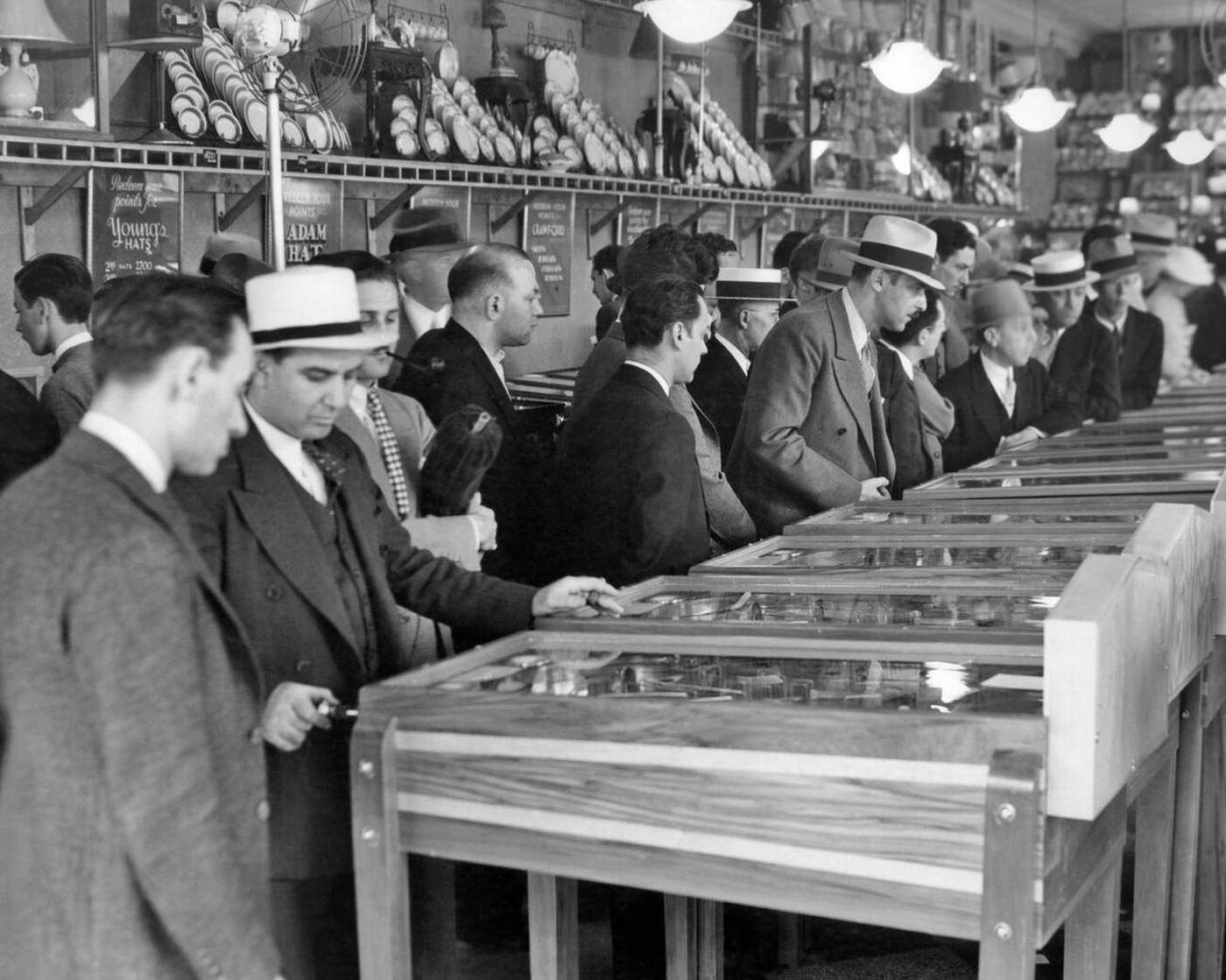
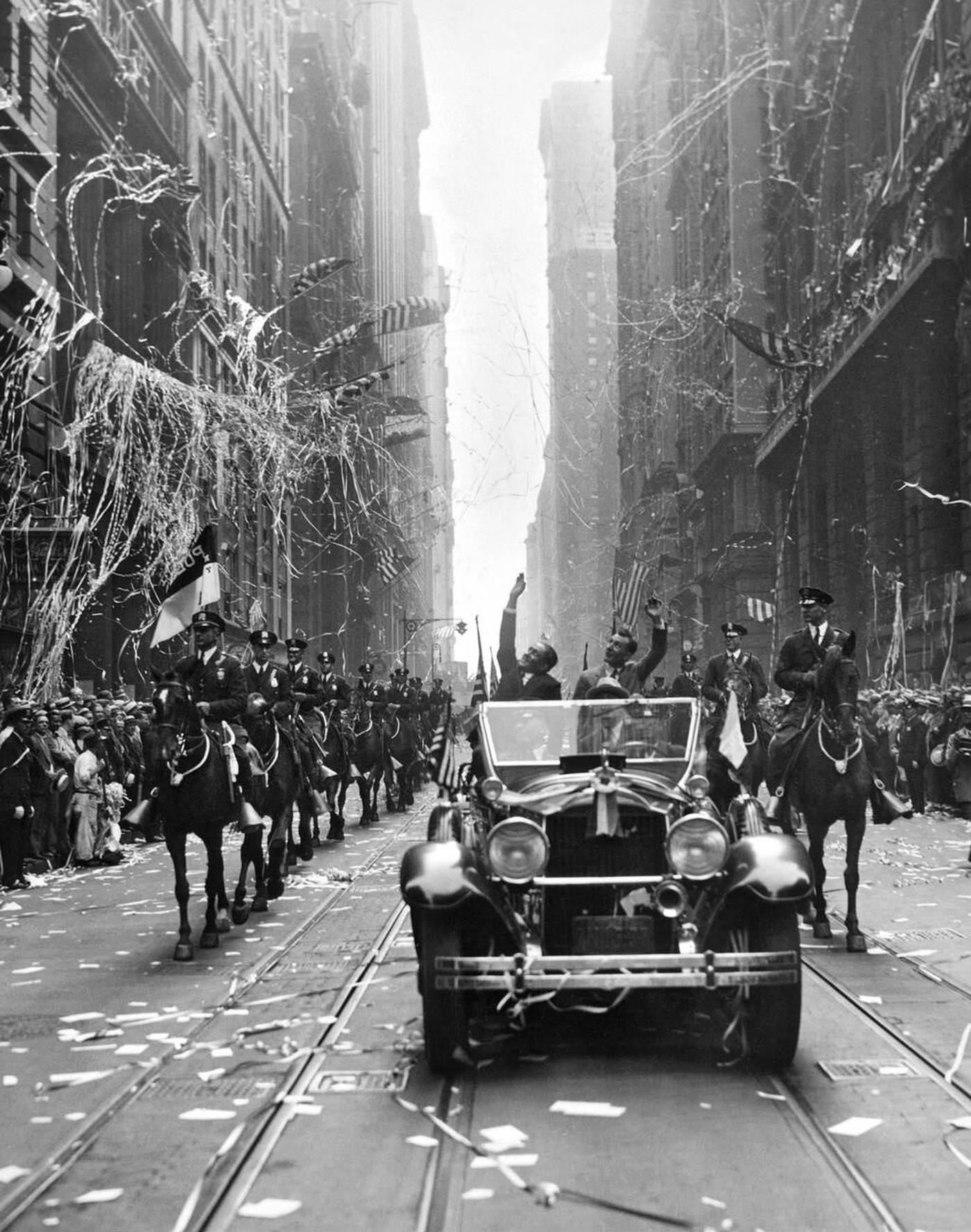
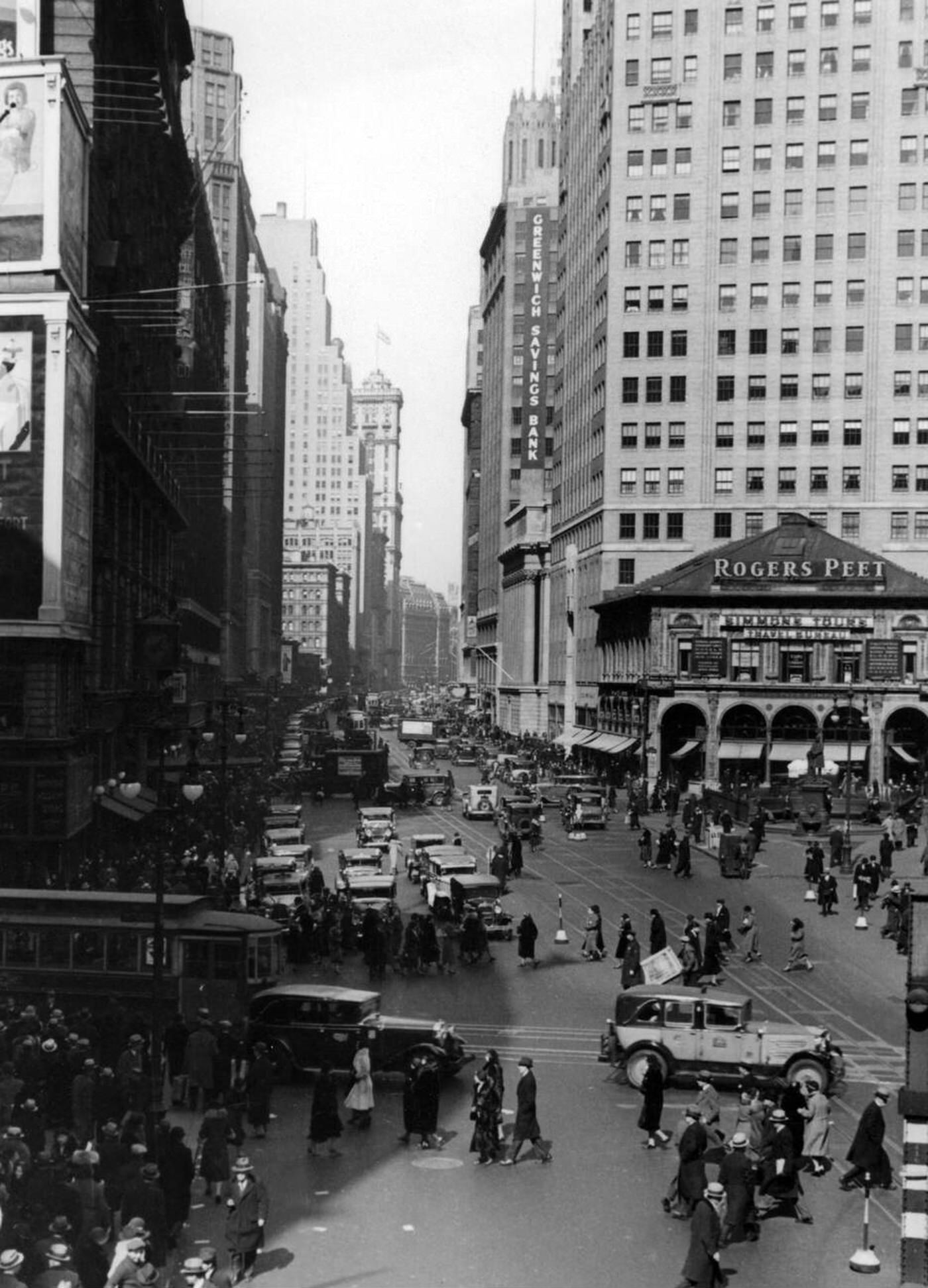
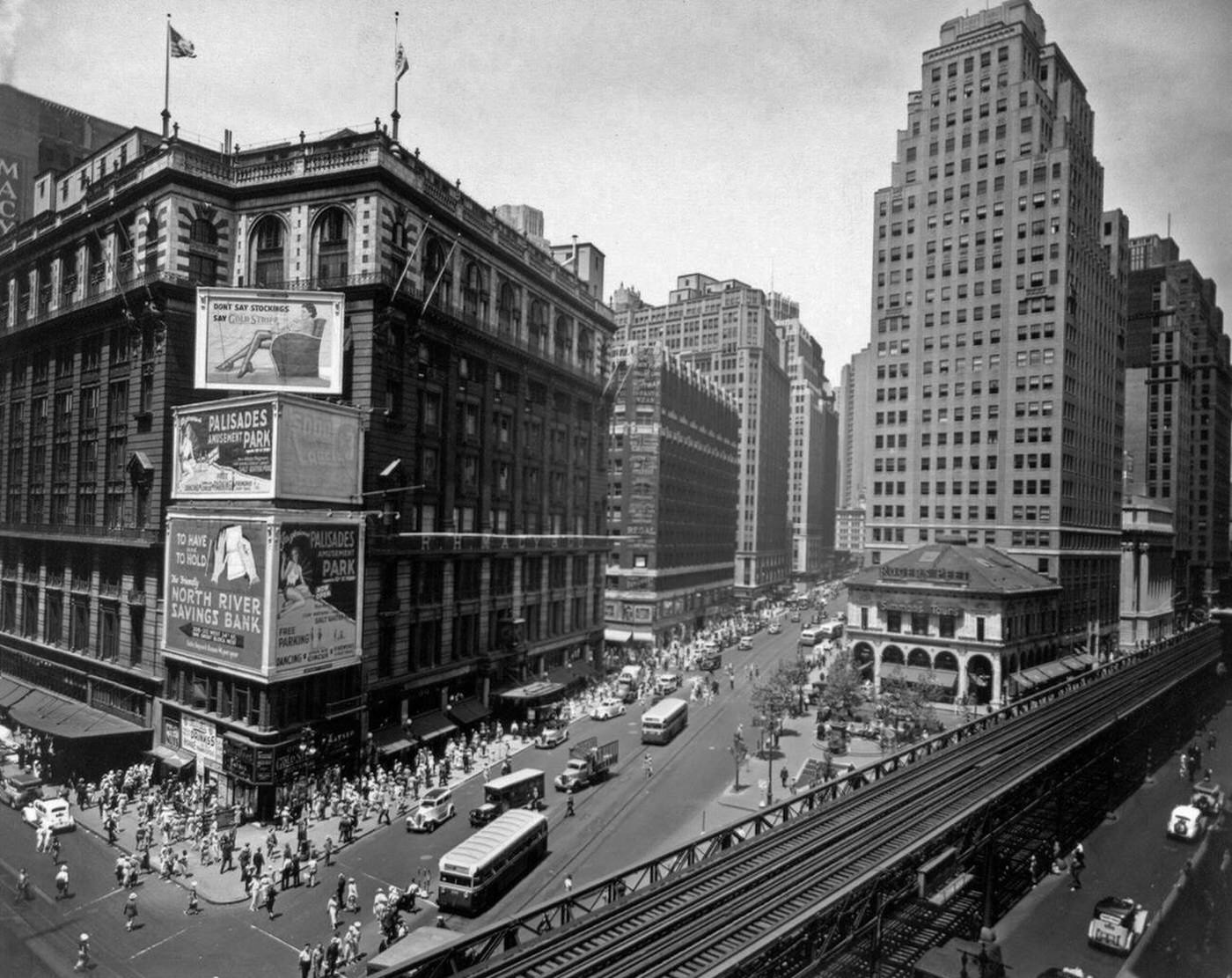
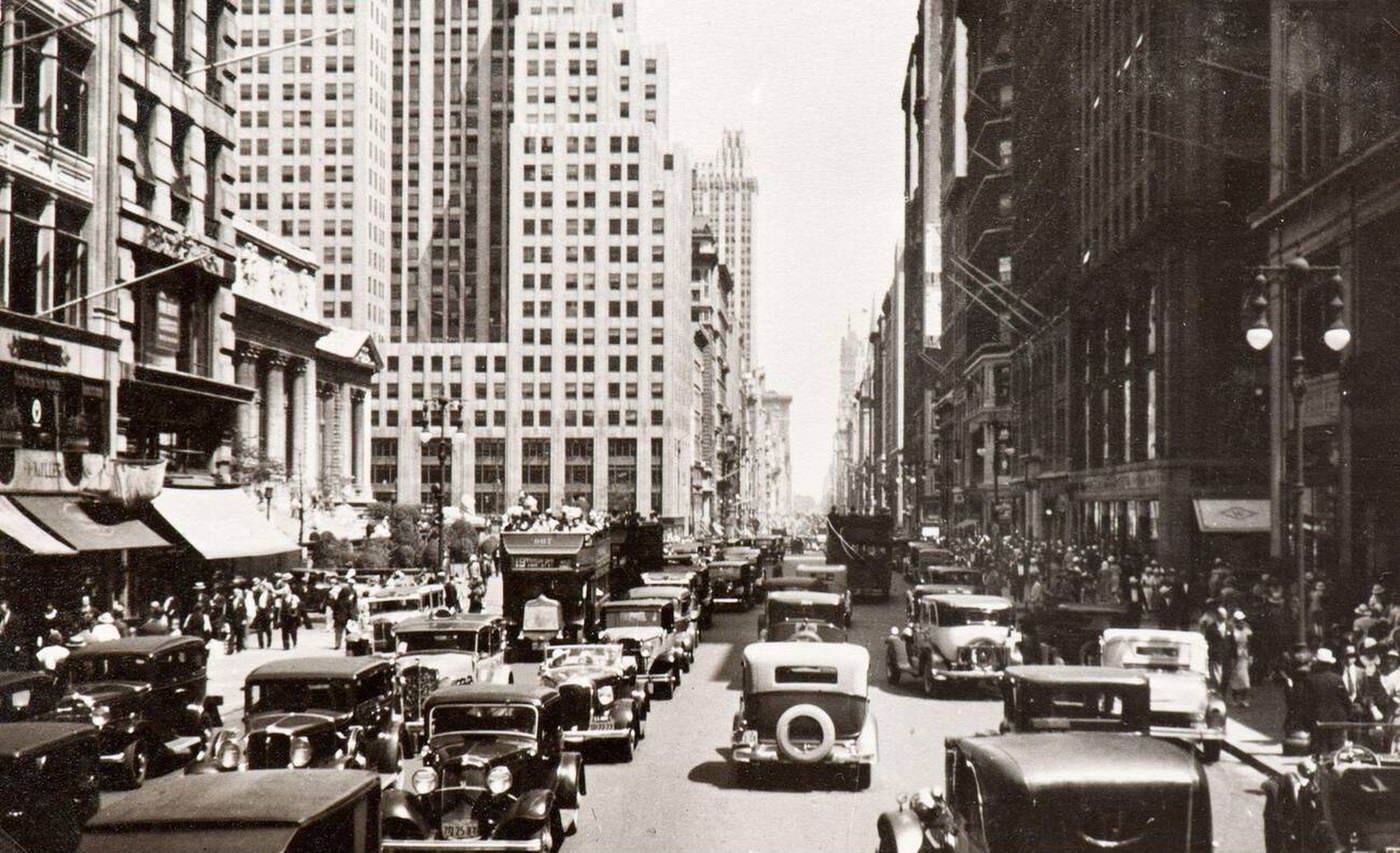
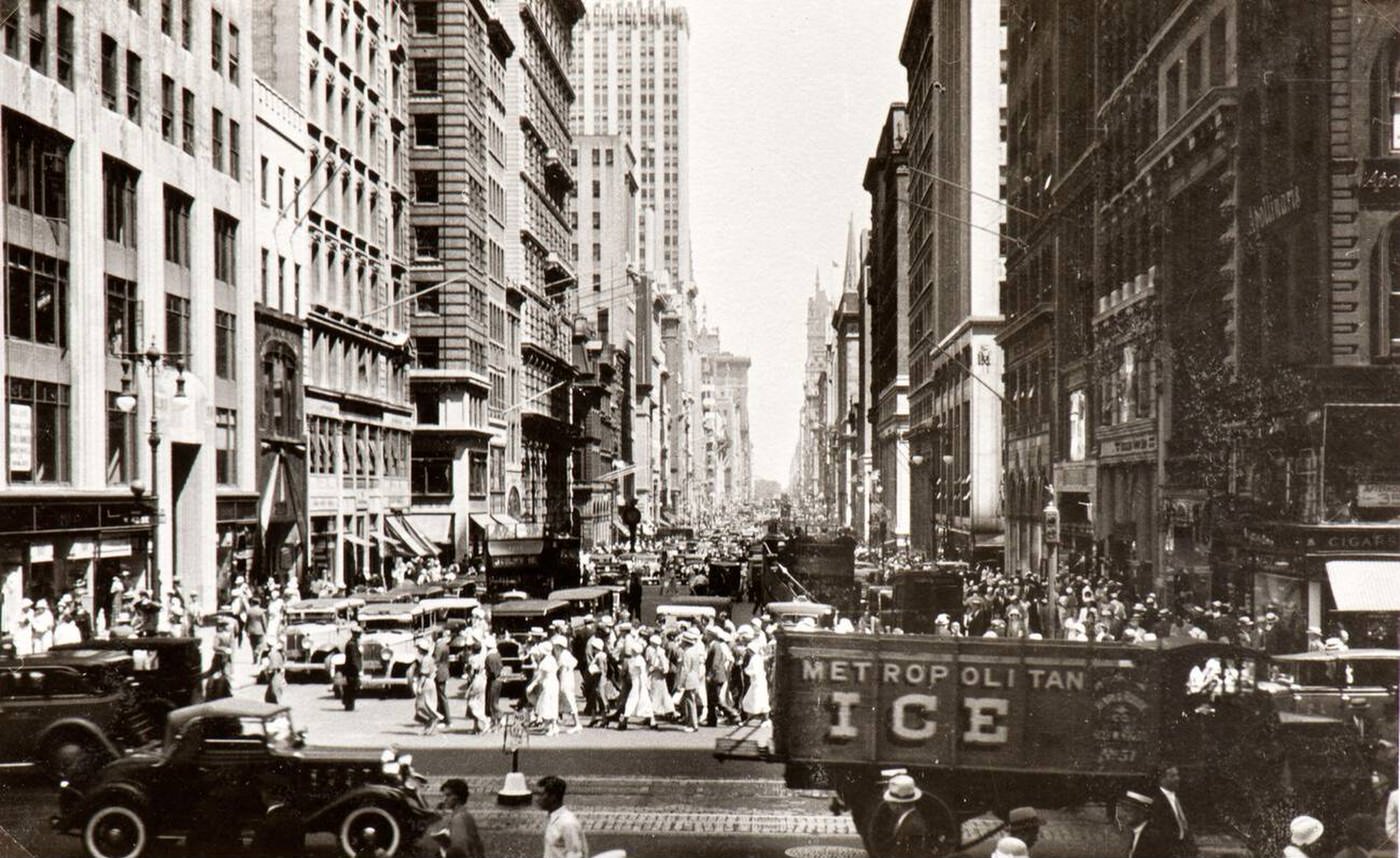
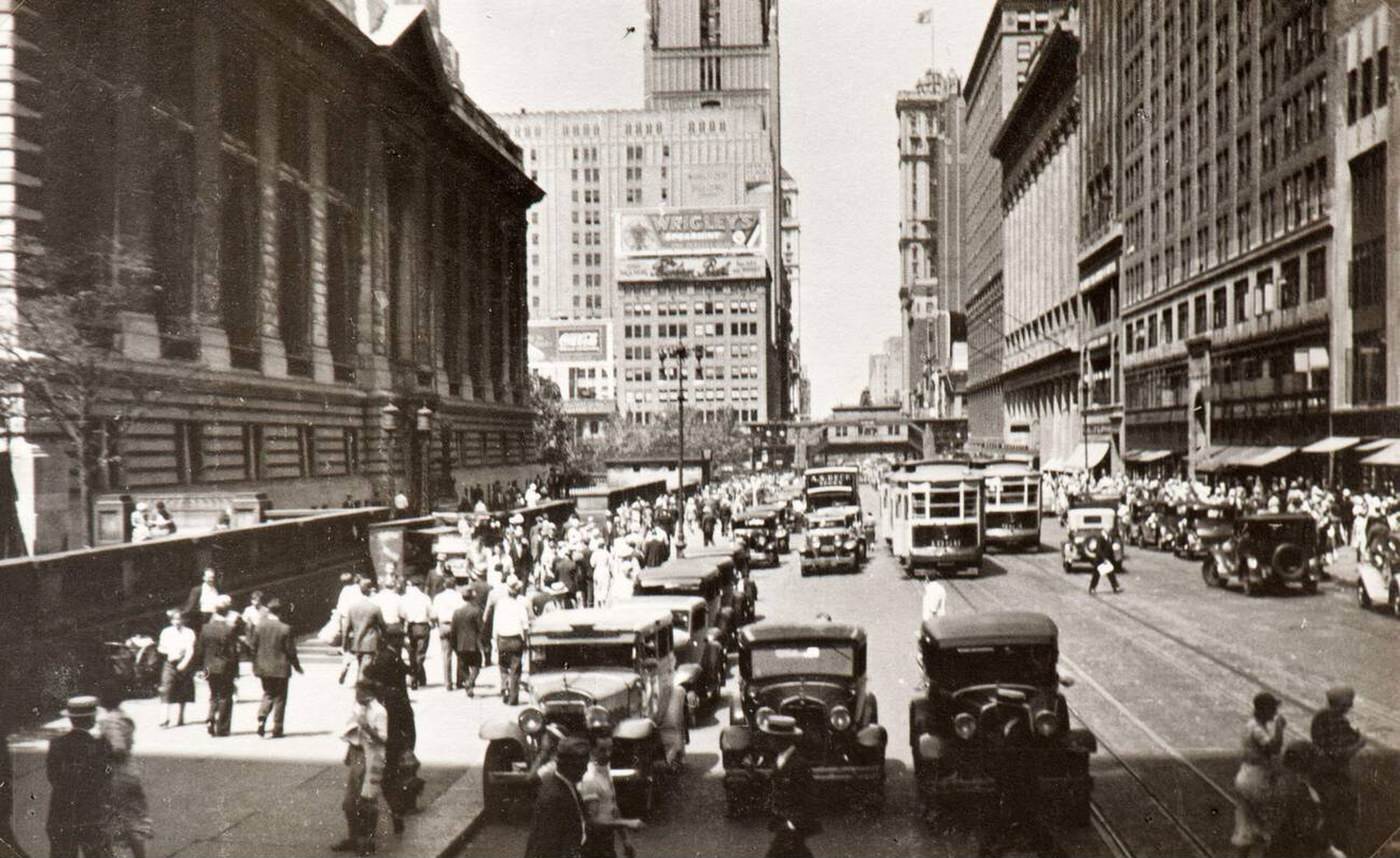

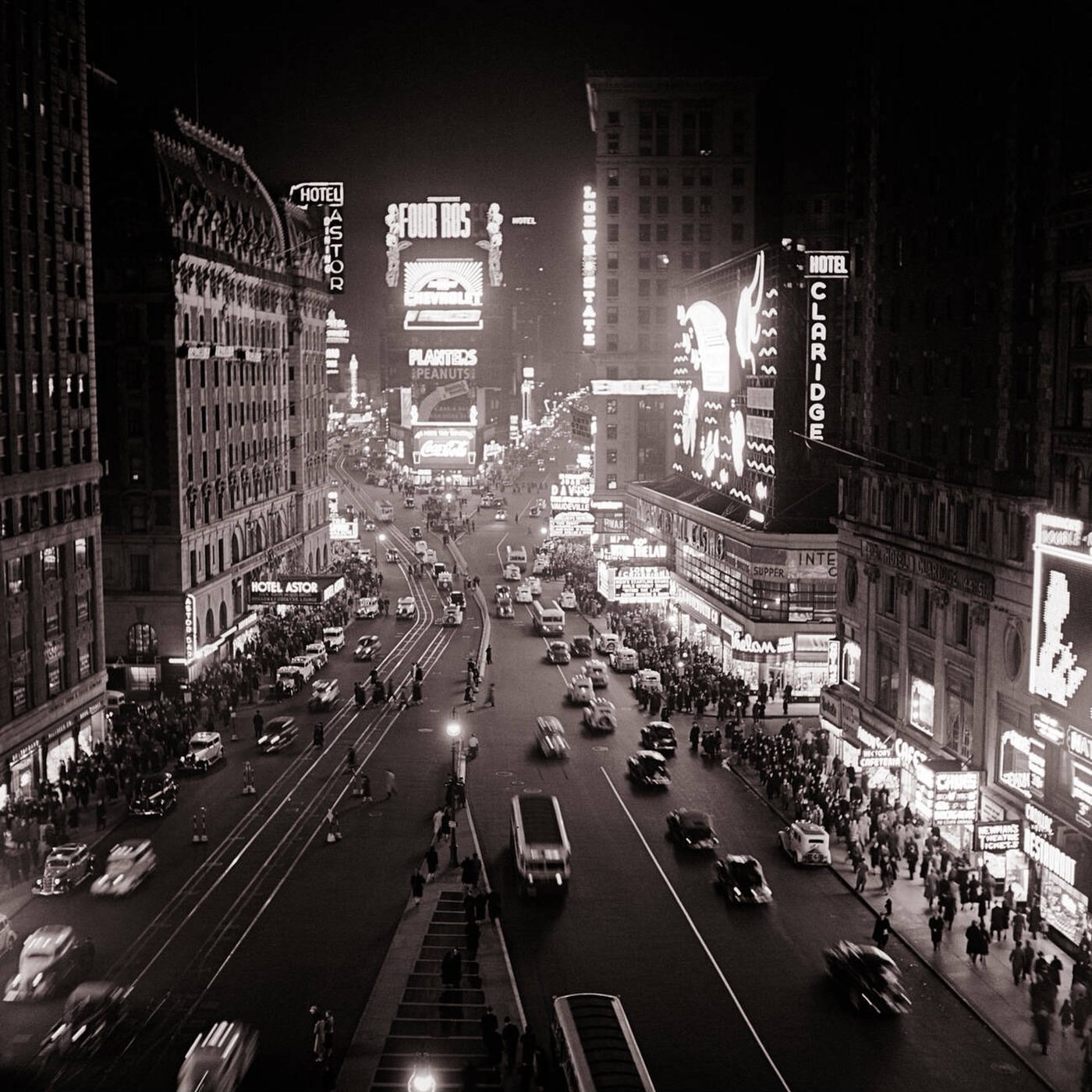
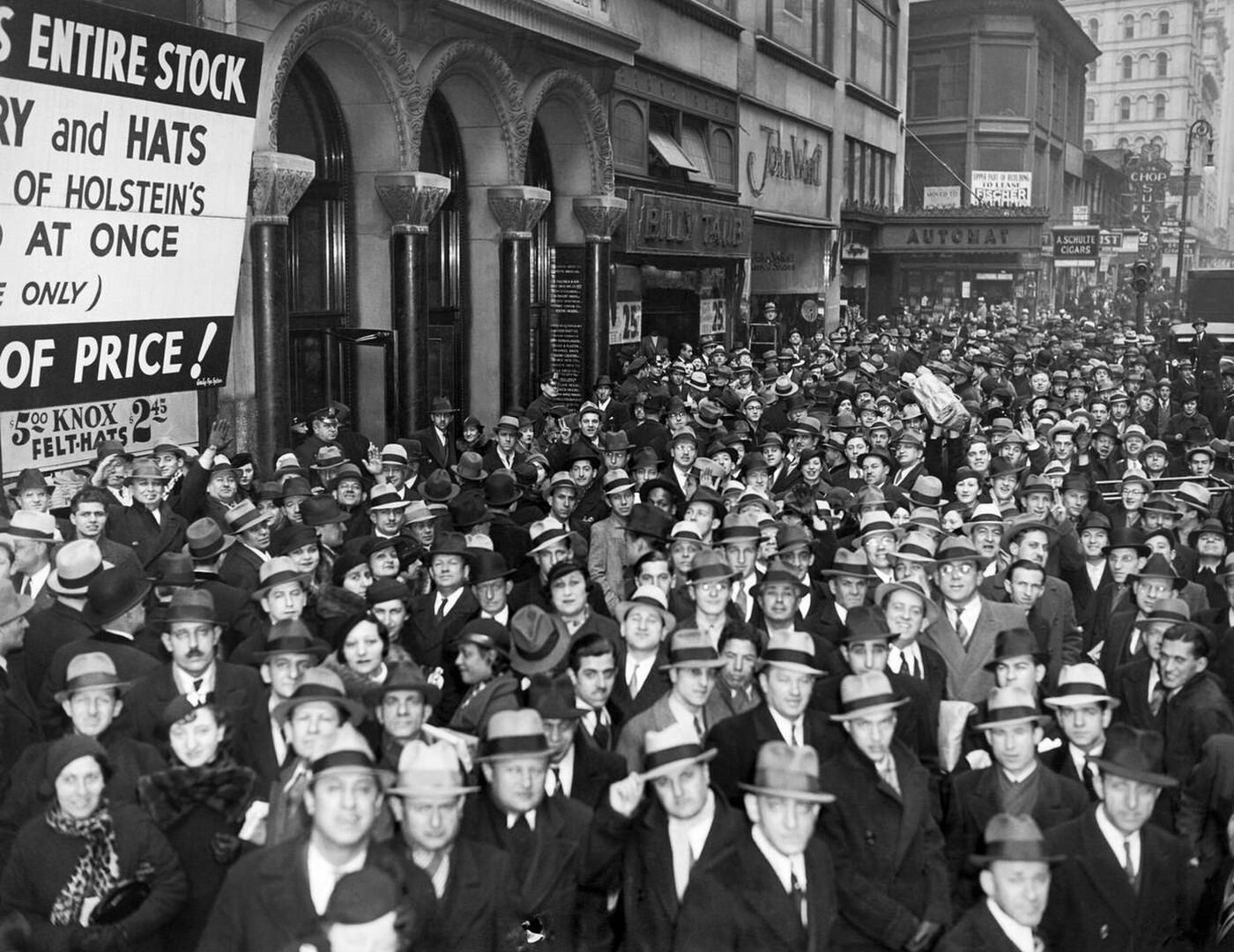
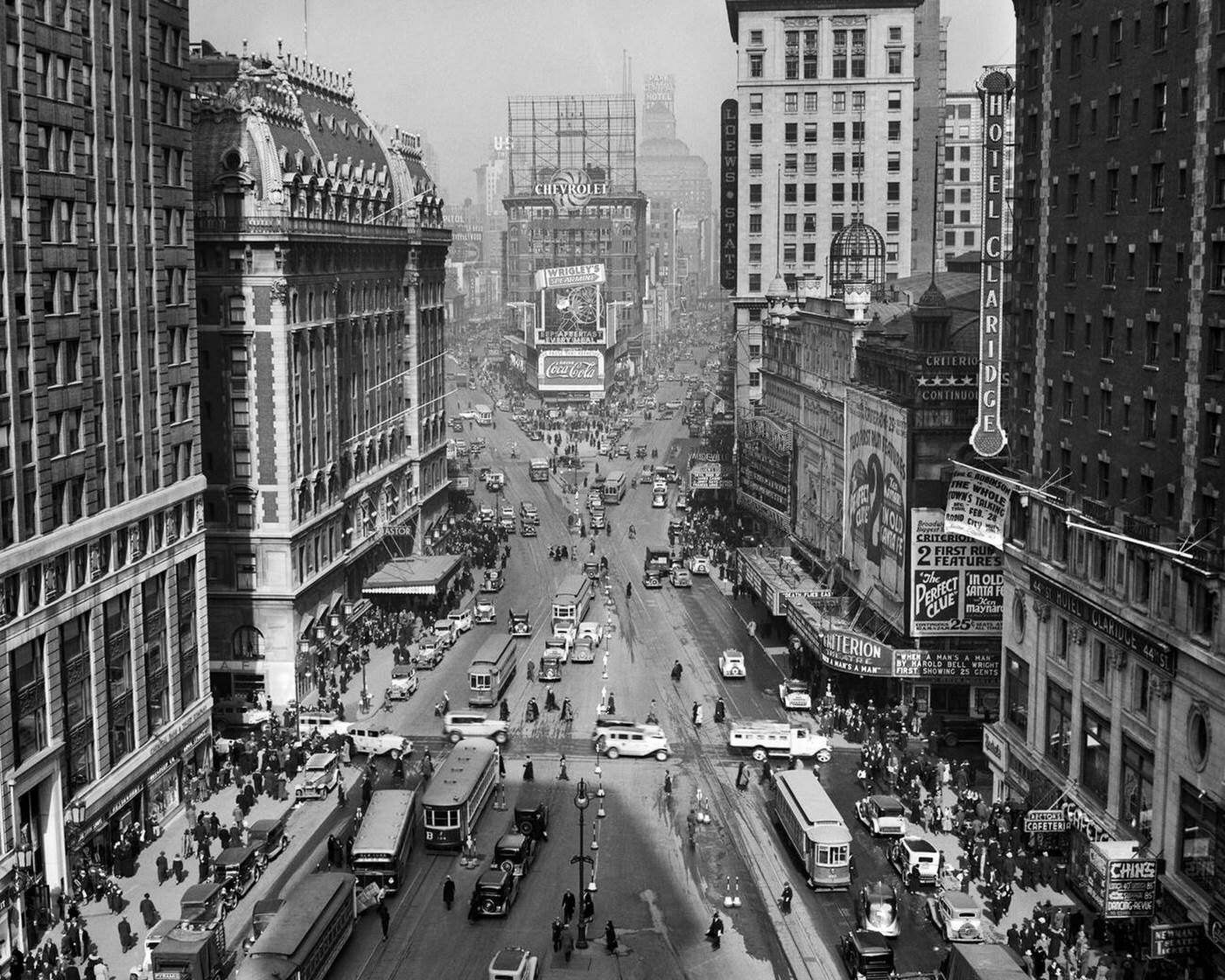

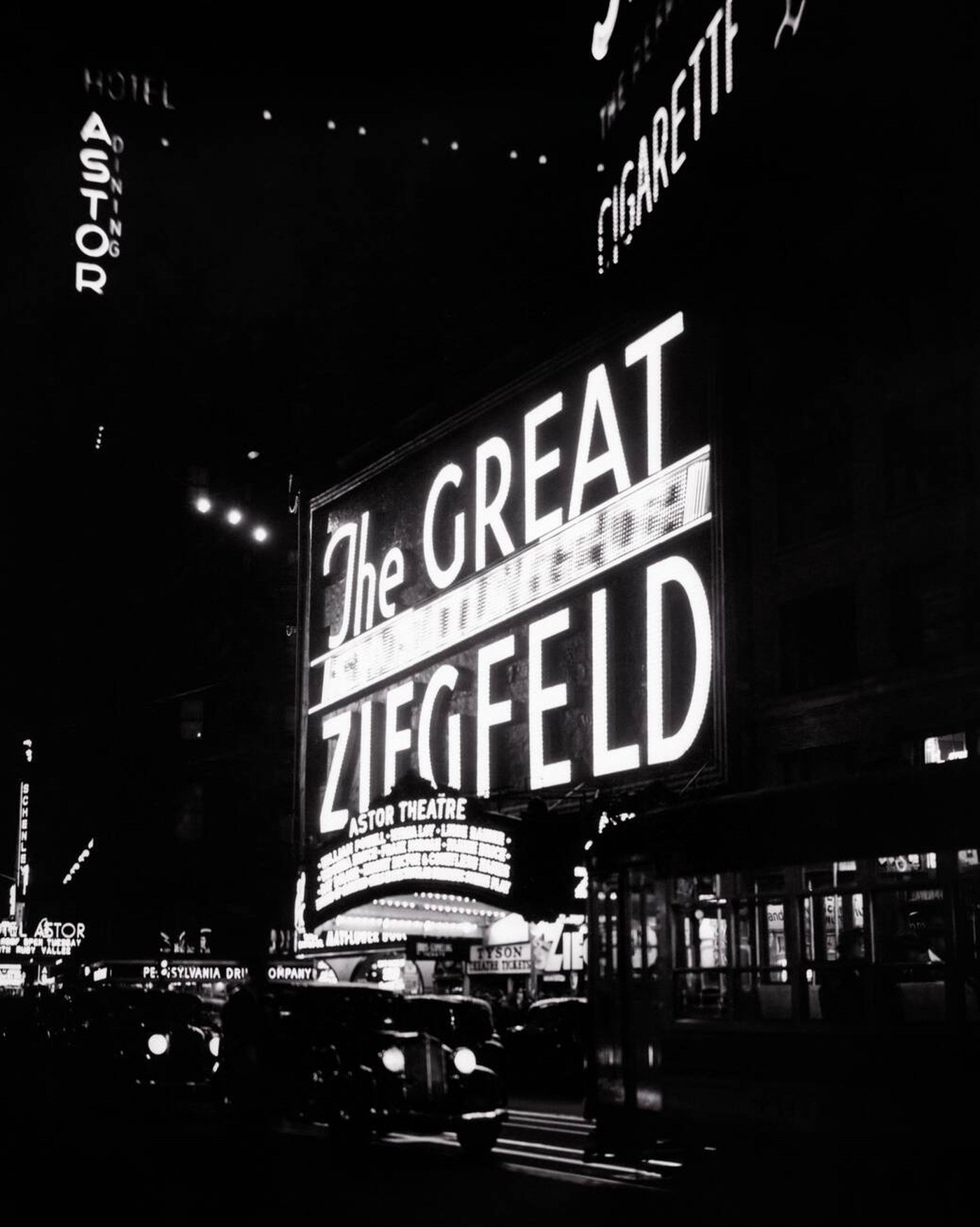
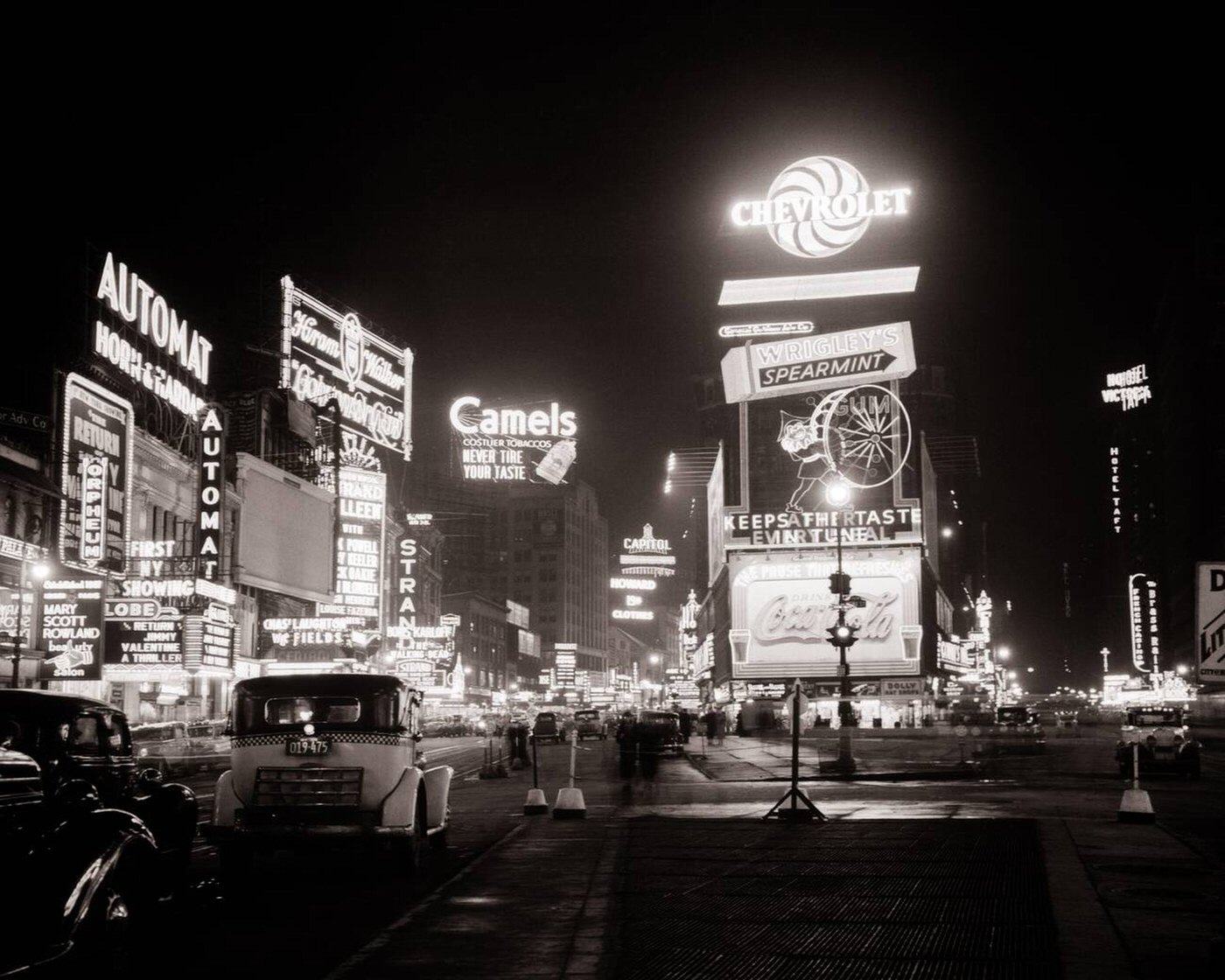
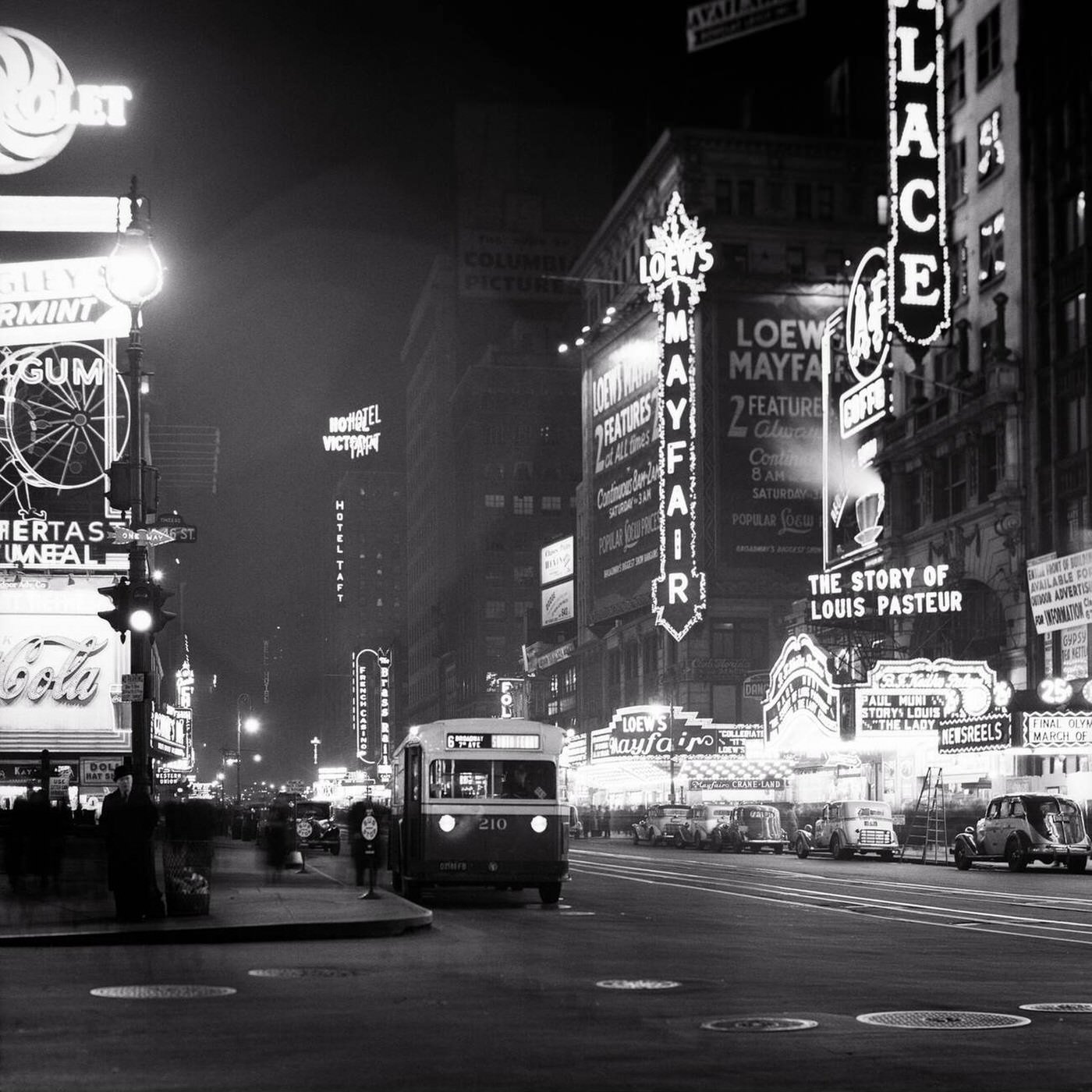
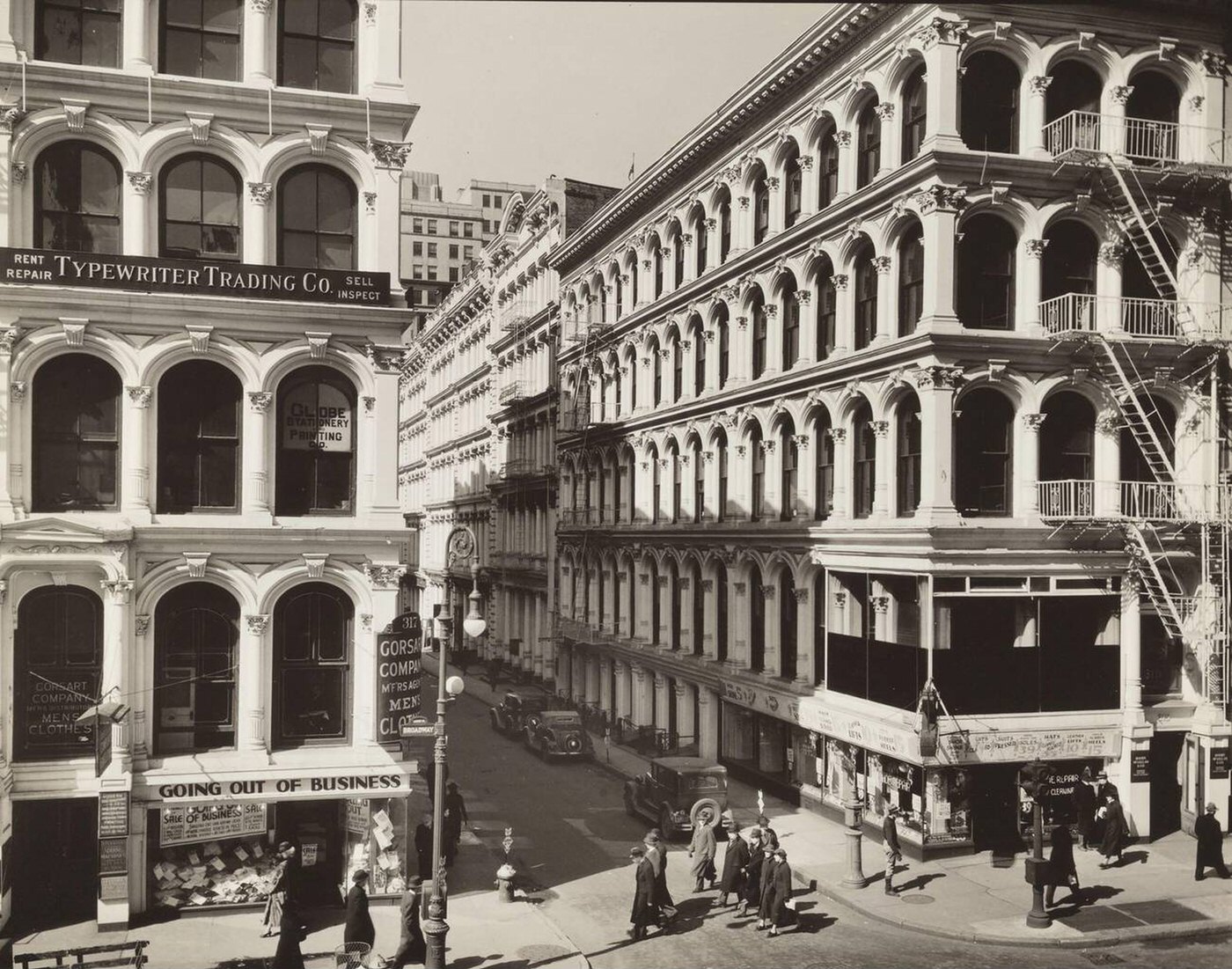
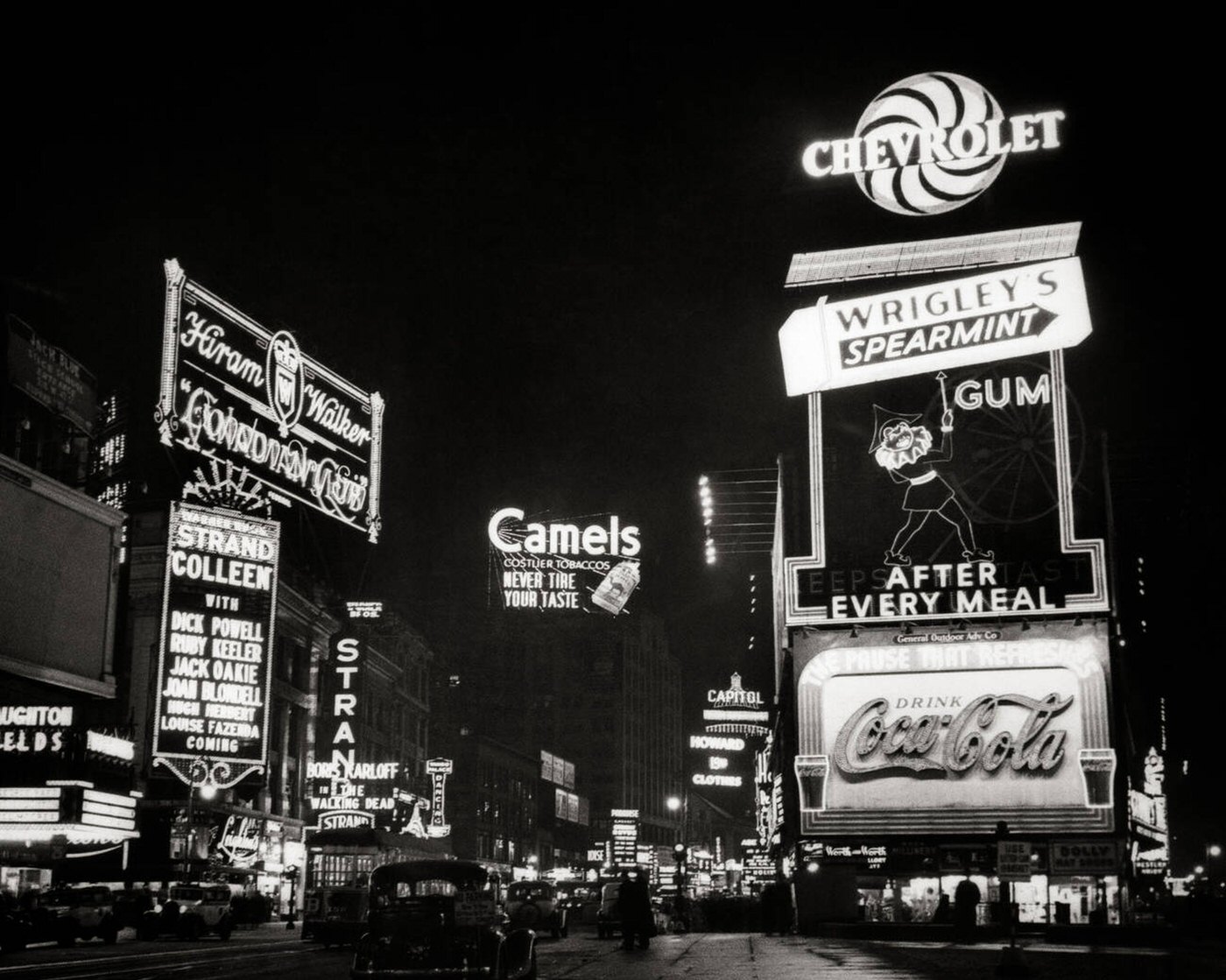
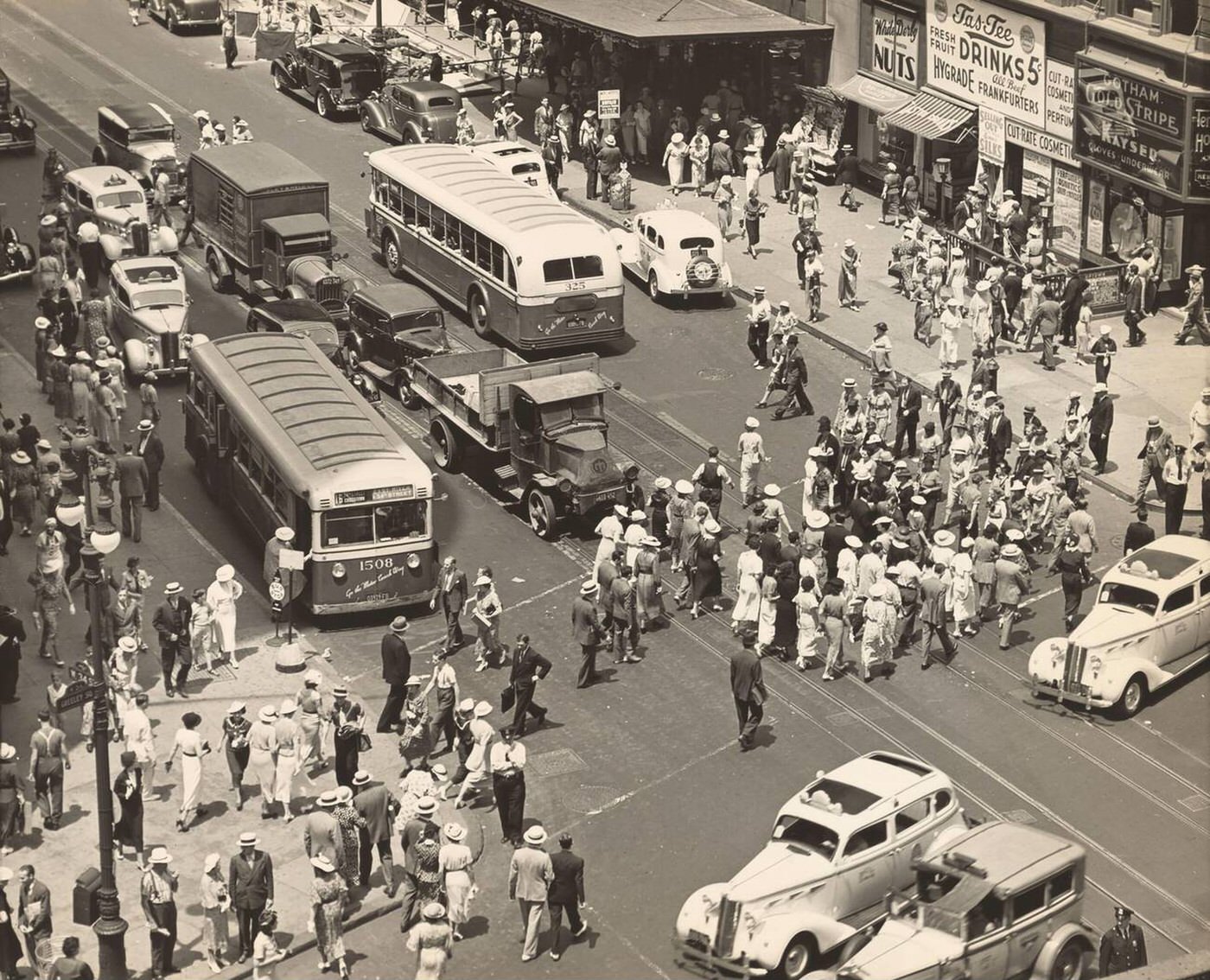
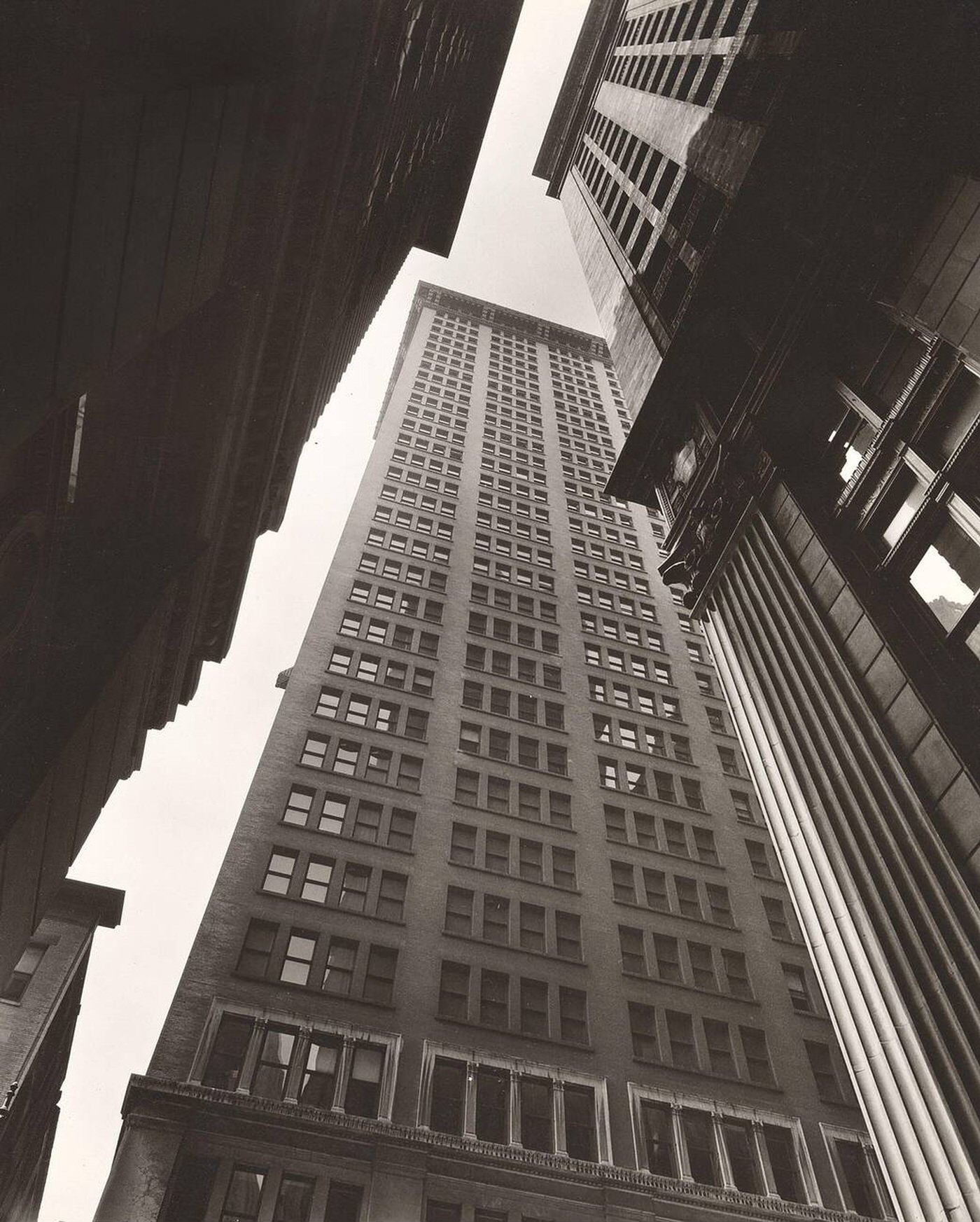
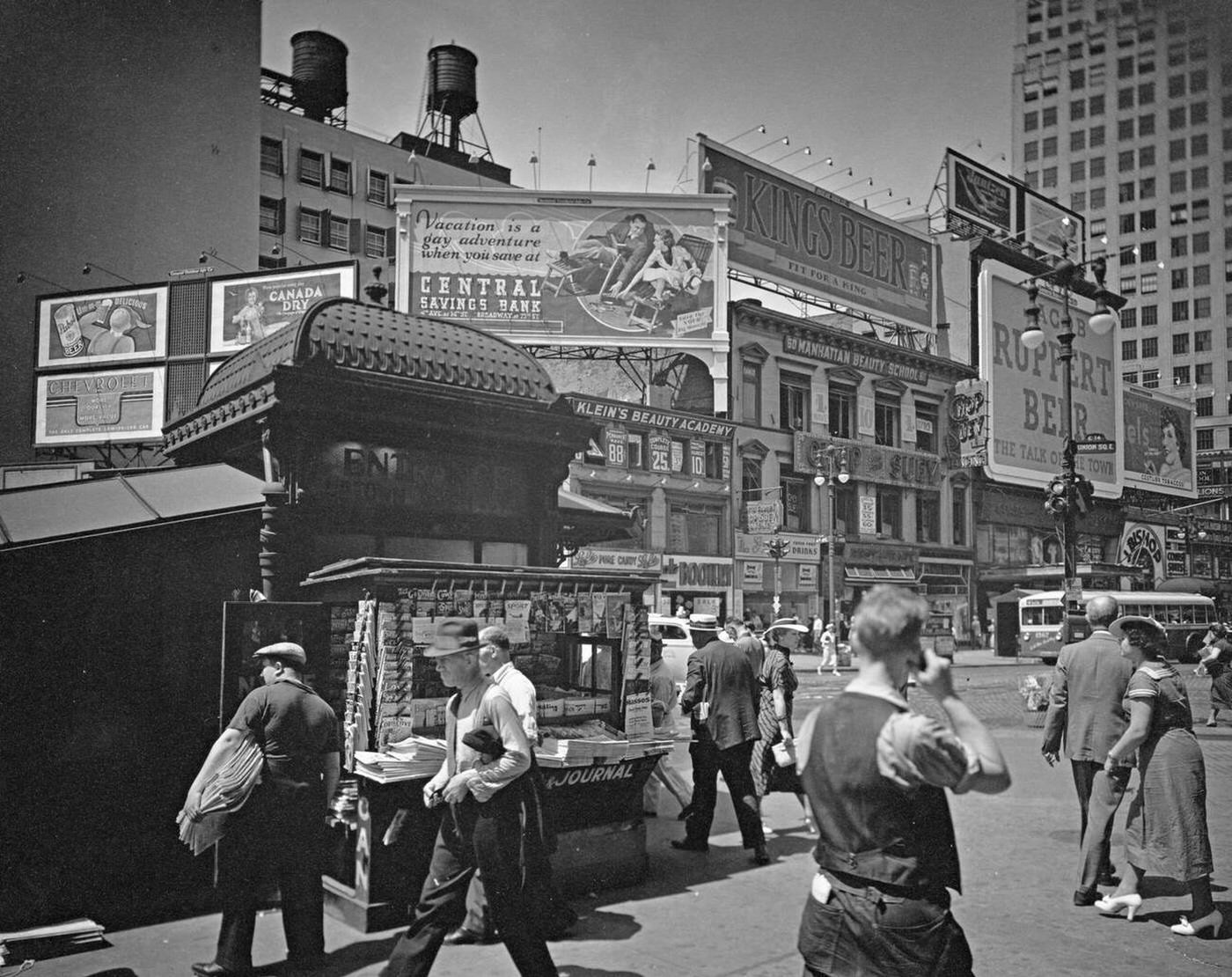
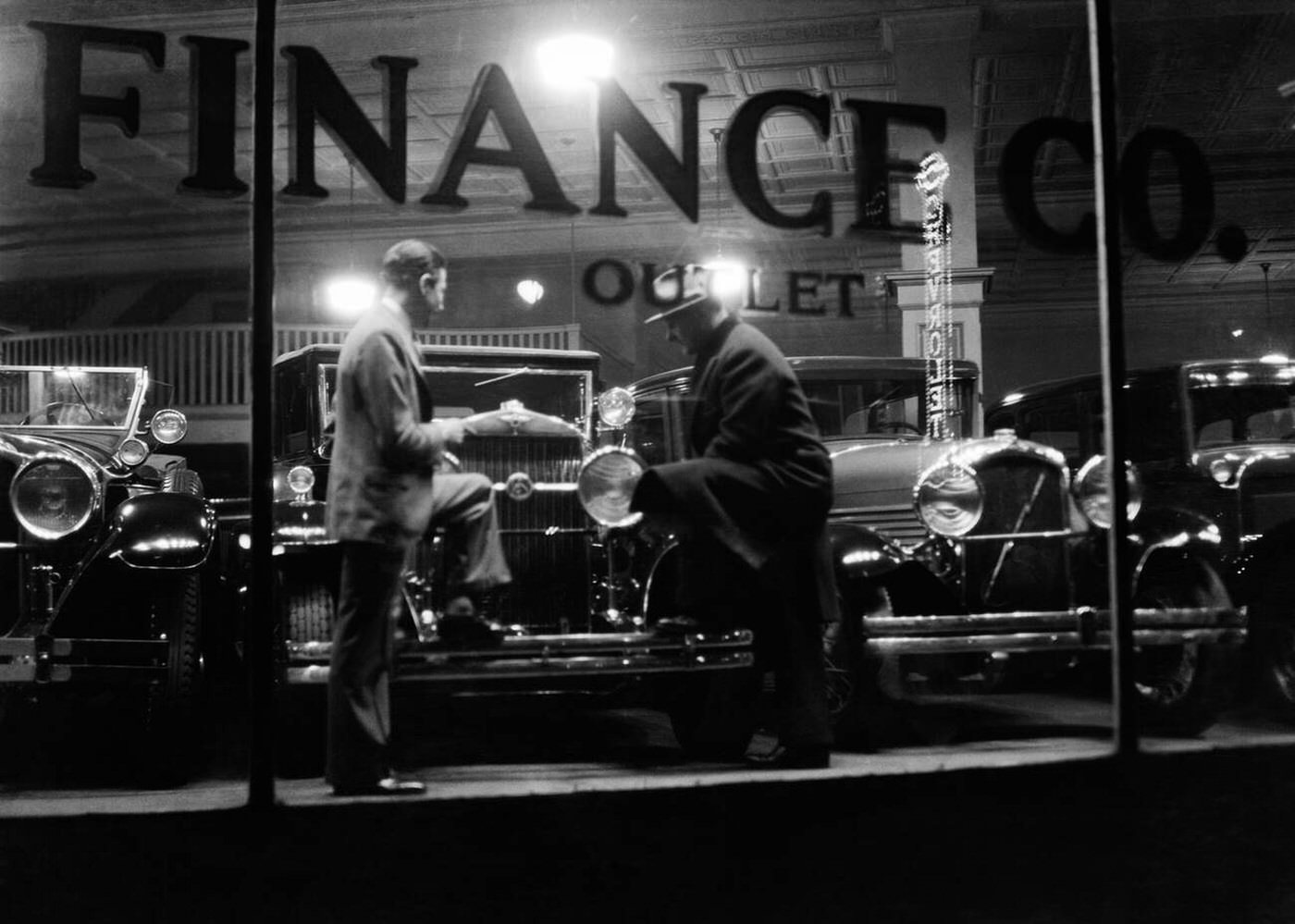
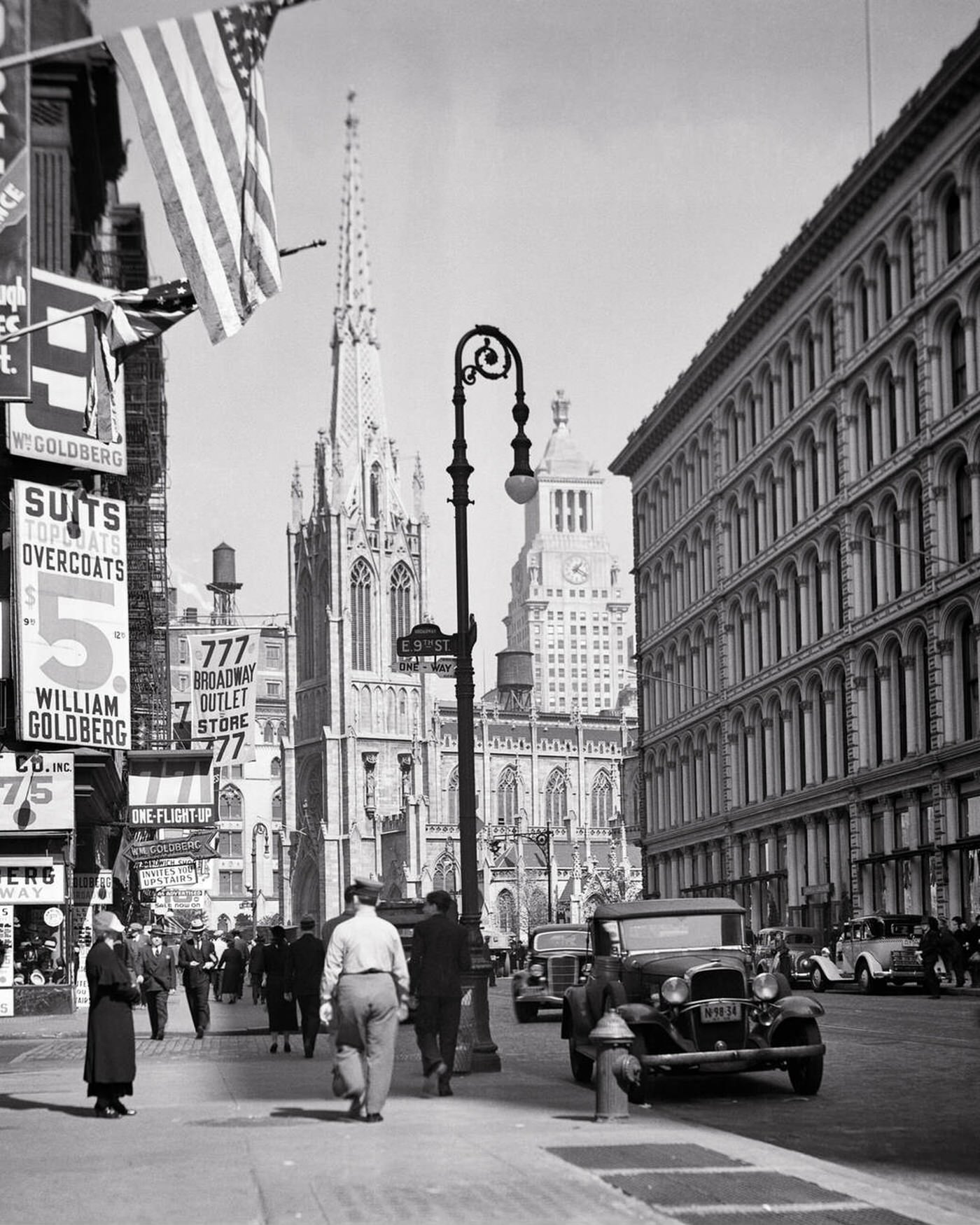
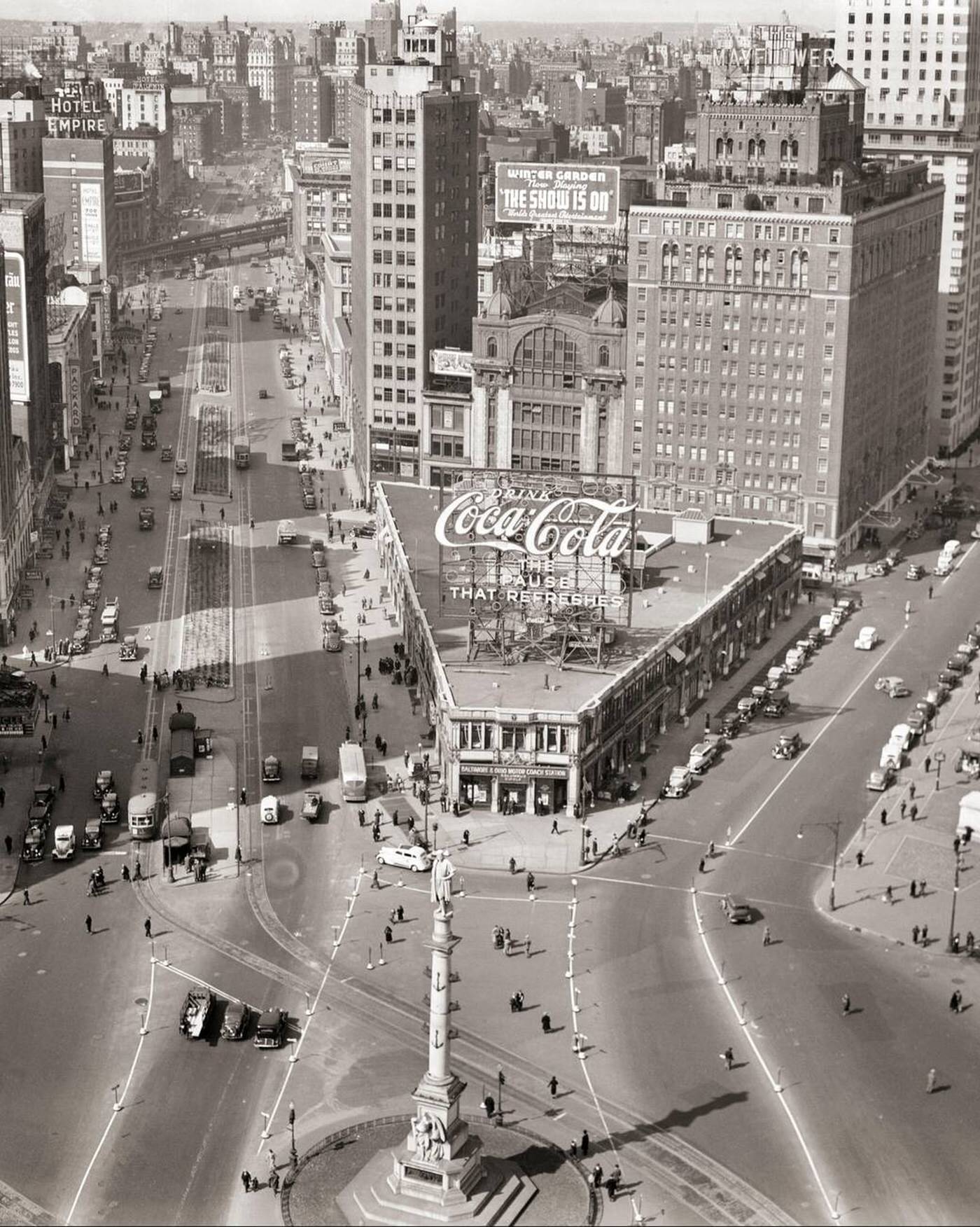

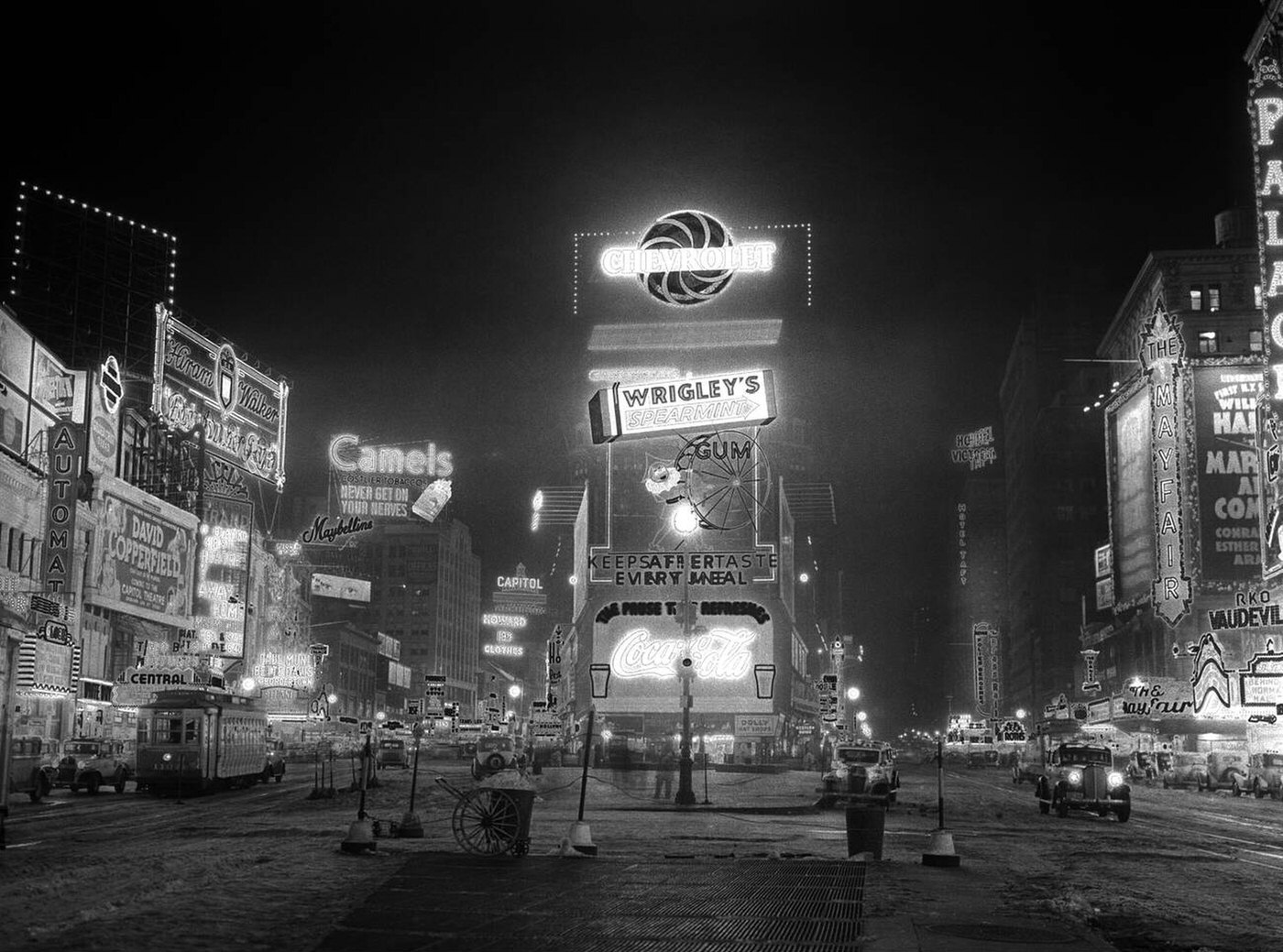
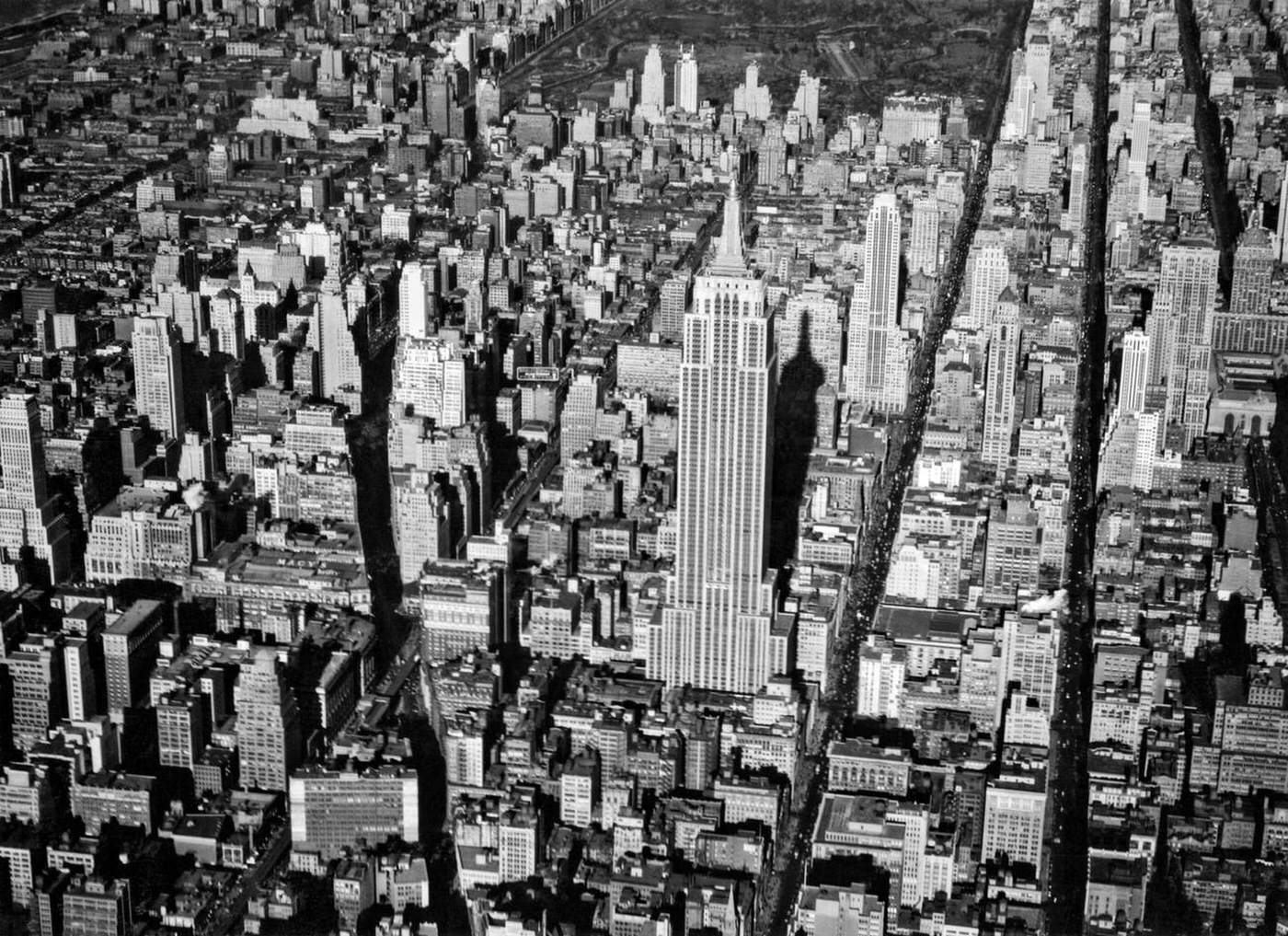
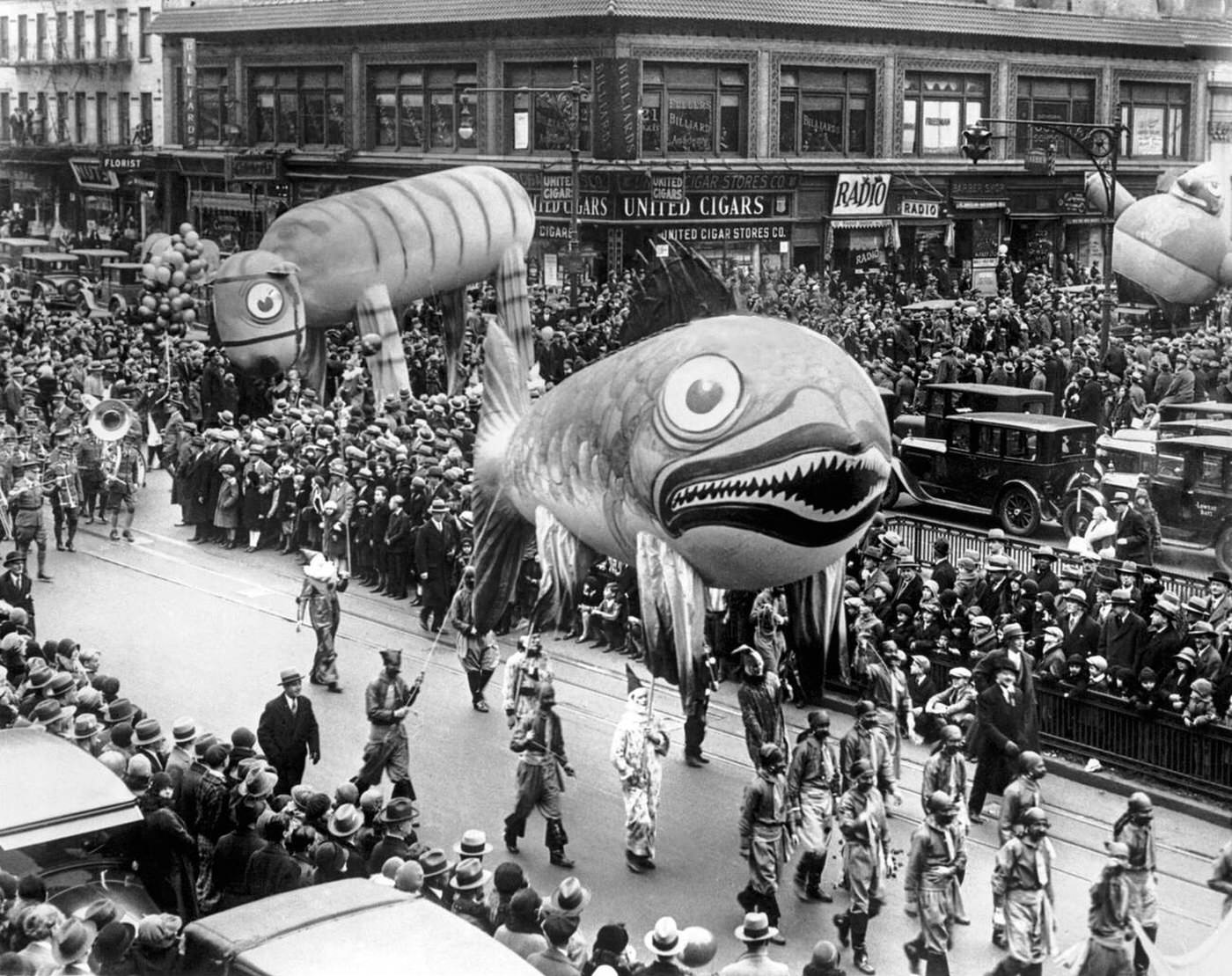
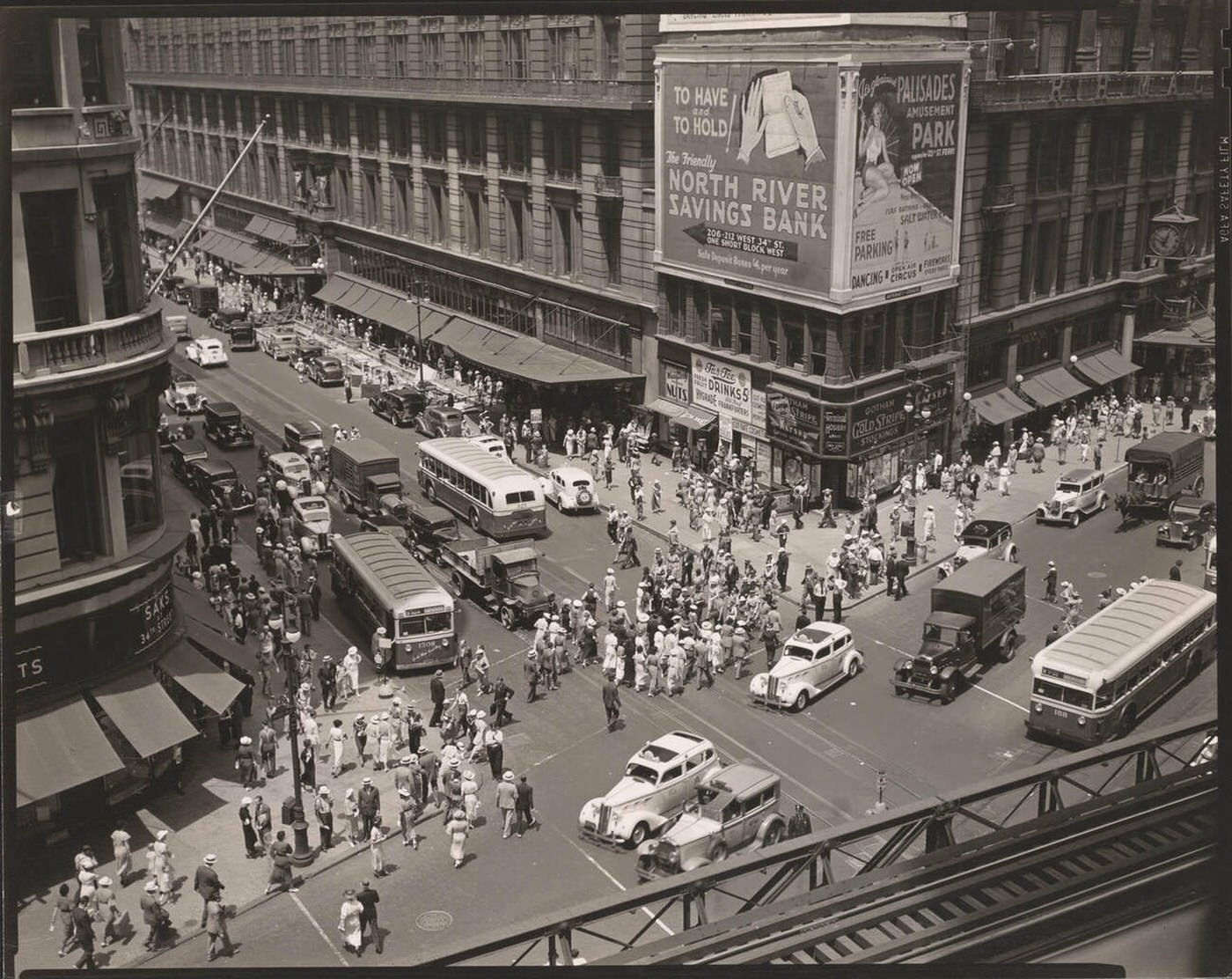
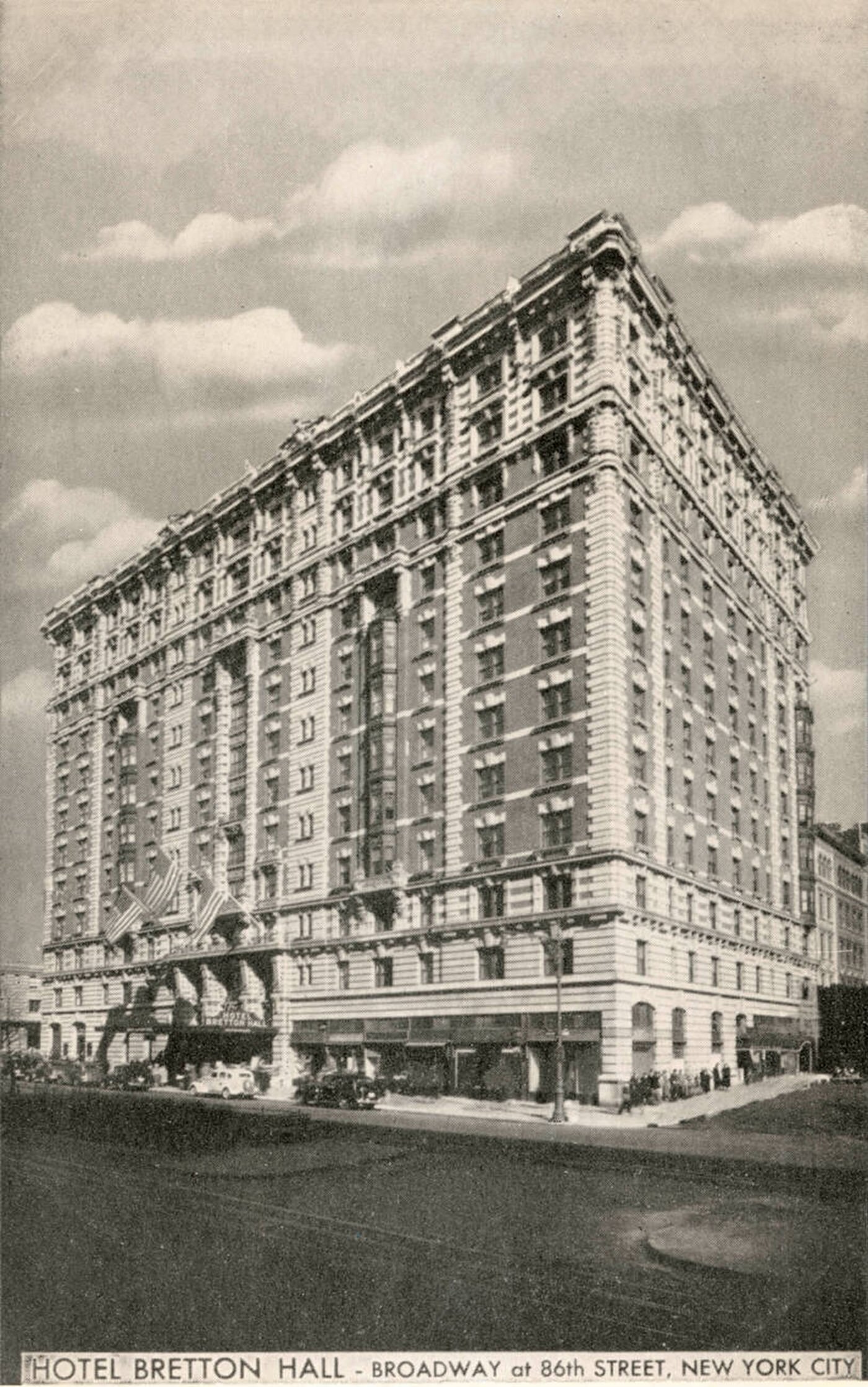
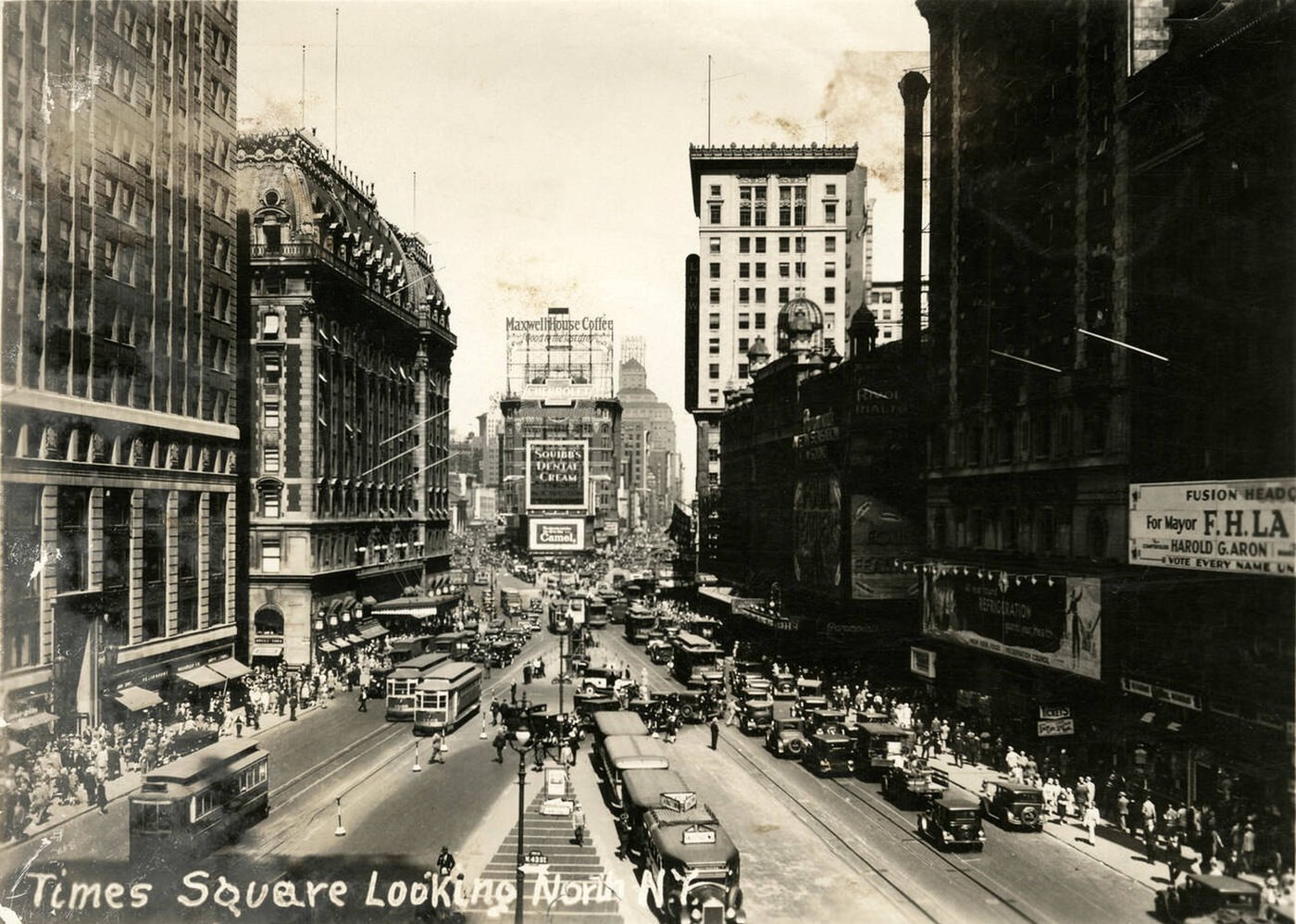
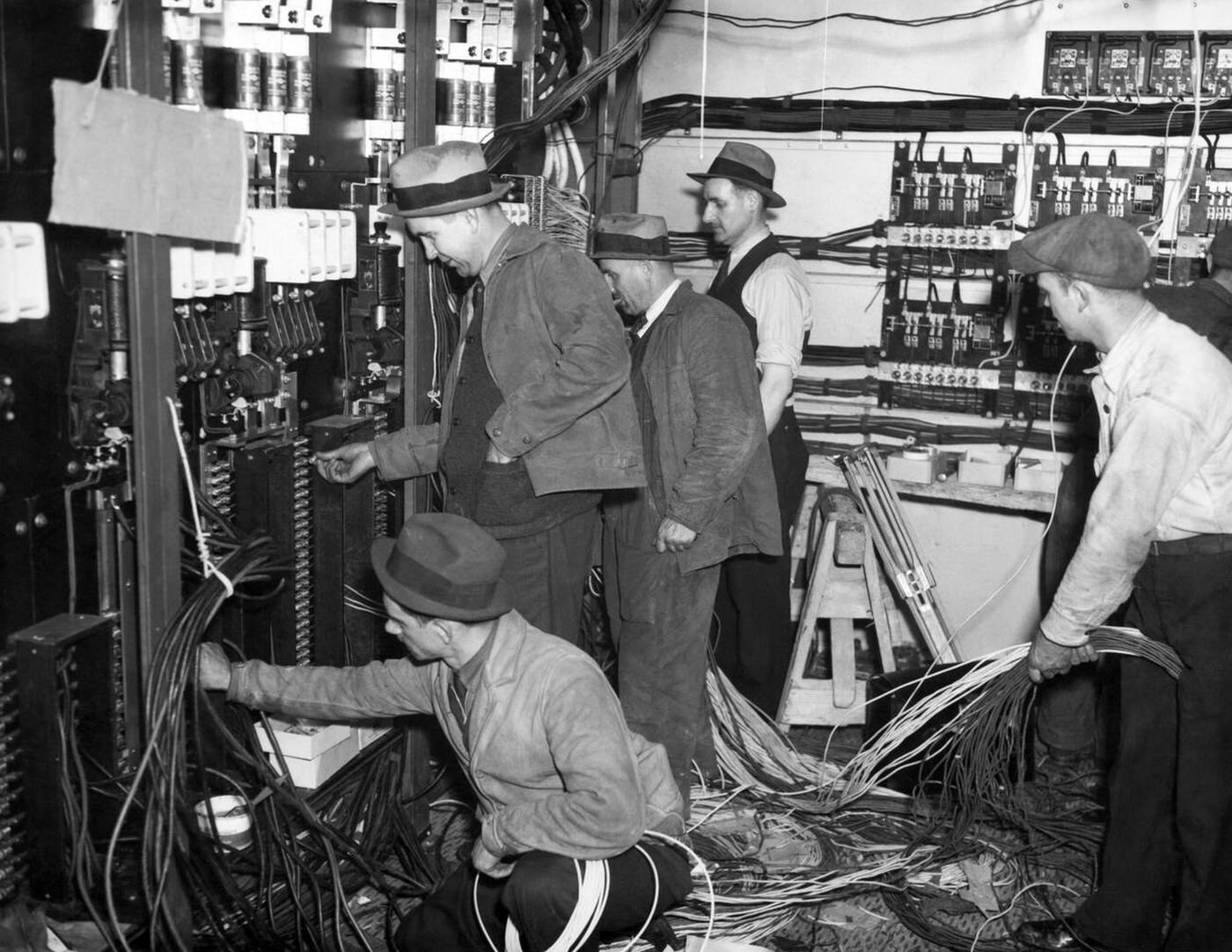
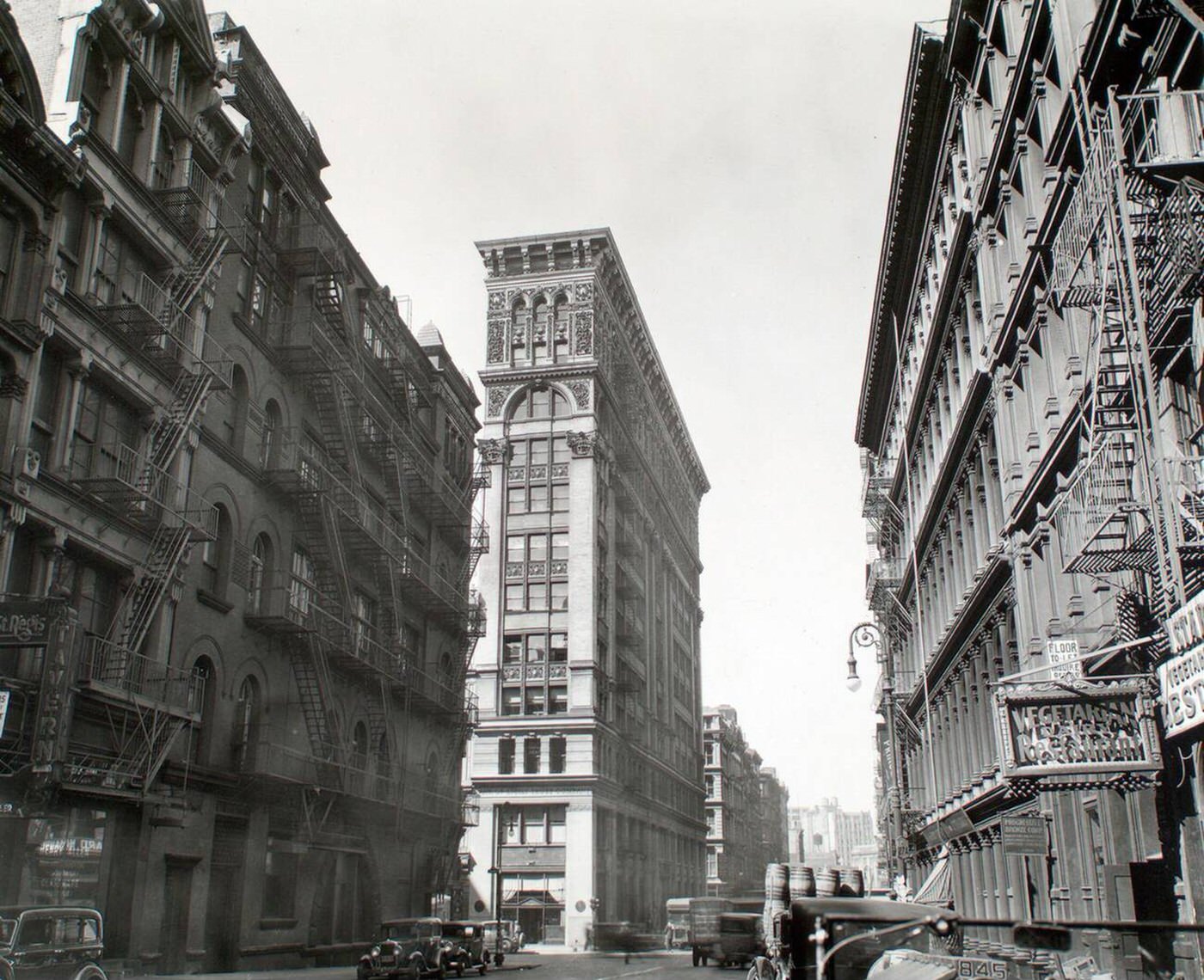
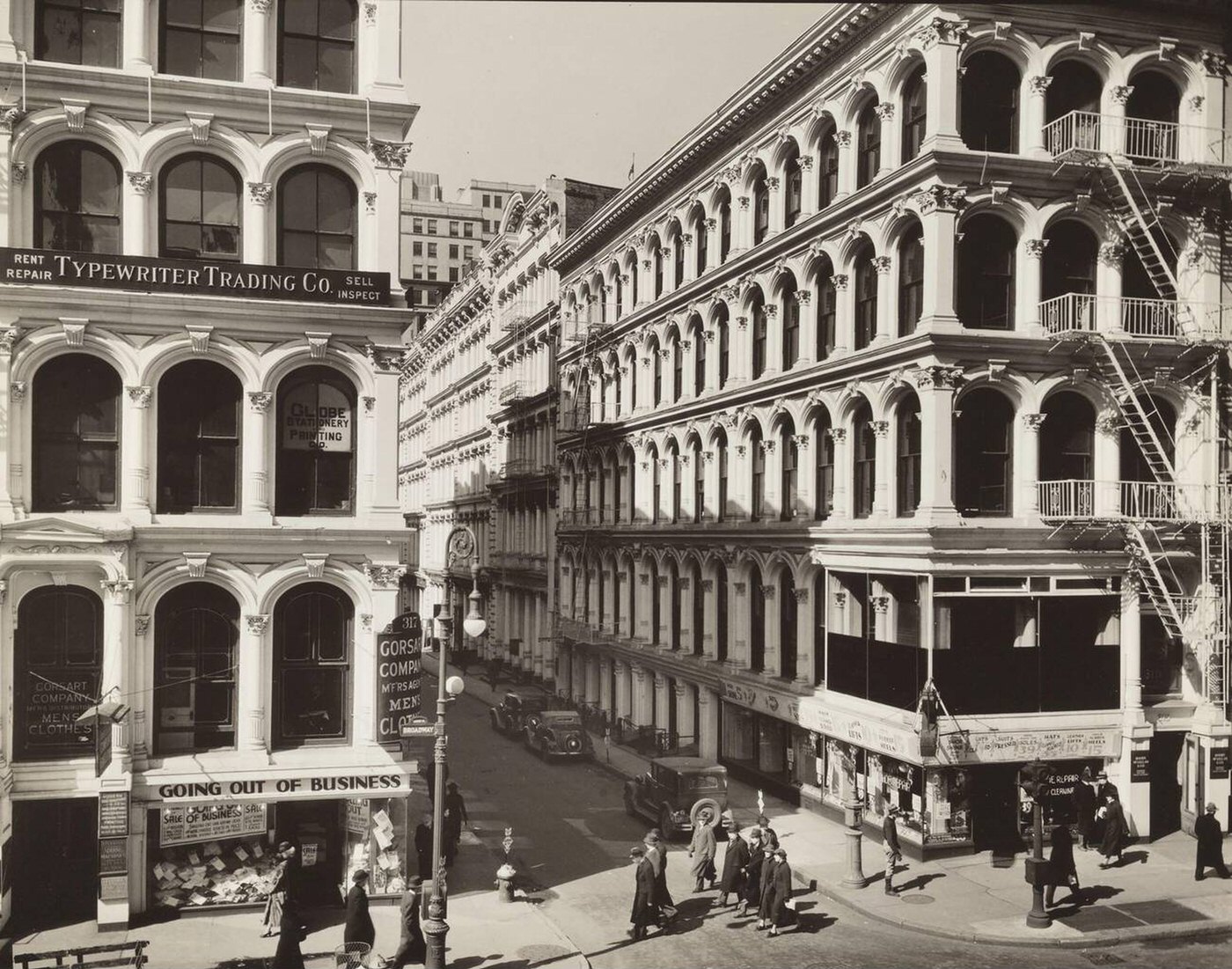
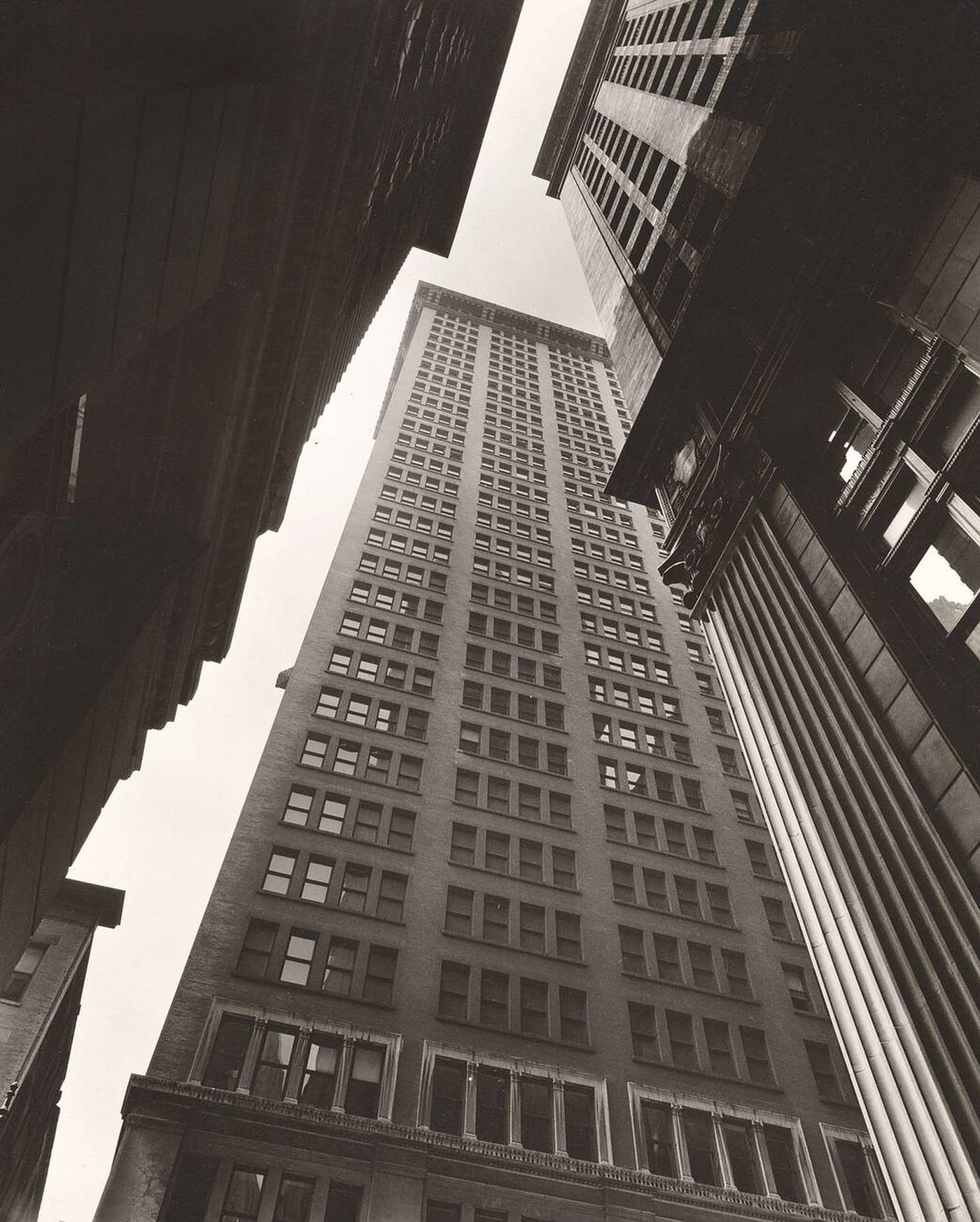

GIPHY App Key not set. Please check settings